Similar to cowboy boot toe styles, cowboy boot heels can trip you up (both literally and figuratively). There’s not quite as much difference in opinion on what the various heel styles should be called, but some companies use different terms for the same heel. And while cowboy boot heels are supposed to have standard heights for each style, some bootmakers vary the heel heights. Why? Maybe they’re just ornery contrarians.
It can be confusing when you’re comparing boots, and we don’t dig on confusing potential boot buyers — especially first-timers who need an assist. So we’ve put together some of the most common heel styles under their most common names and sizes. And because each heel was originally designed for a specific purpose, we’ve also given you the details on how they came about. This doesn’t cover all the heel types — there are some really wacky tall styles and other styles that are niche and specific to a certain function. But this should be all you need to know to find the right style for you.

Cowboy Heel, 1 ½”
The cowboy heel is what we use on most Alvies boots. When looking at the boots our founder inherited from his grandfather — along with a ton of other styles — we felt it offered the best mix of style, comfort and functionality for the modern boot wearer. That means someone who wants a good-looking, comfortable boot they can walk around in all day.
In terms of size, the cowboy heel sits right in between the shorter walking heel and the taller riding heel. That gives it a nice balance of adding some height without getting too crazy. It’s also narrower than the walking heel but not as narrow as the riding heel. That, combined with just the right amount of tapering (aka “pitch” or “slant”) on the back gives a classic look that never feels outdated. It also means you can walk around without feeling like you were overserved.

Riding Heel, 2”
No prizes for guessing the original function of the riding heel. It was developed to better fit in the stirrups of Western-style saddles. Bootmakers like Hyer and Justin developed them specifically for American cowboys, and usually put the heel on modified European riding boots or US Cavalry boots. The longer heel locks into a stirrup more securely when weight is applied, and the more pronounced pitch doesn’t rub against the horse’s flank like a straight heel does. Even today, most people who wear riding heels actually ride horses, as they’re not the best for walking around in due to the height and narrow base.

Walking Heel, 1 ⅜”
This one’s straight down the pipe, as well. As boots evolved into more of an everyday shoe instead of specialized footwear, comfort became more of a focus. The walking heel is perfect for longtime wear thanks to its shorter height, wider base and less pronounced pitch. It didn’t have quite as much of the classic style we wanted for Alvies boots, but it has become one of the most popular types of heels.


Roper Heel (Straight & Pitched), 1”
The roper heel was developed for cowboys who competed in roping competitions on the rodeo circuit in the 1920s. They needed a shorter, more stable heel because they’d jump off their horse and run to a calf or steer after roping it. The roper heel has a flat base and is most commonly straight, but some versions have a slight pitch. Because it’s comfortable for walking, the roper is a popular heel for modern boots. You’ll find it on some western boots, but a roper boot usually has a shorter, rounder shaft and a round toe, like our Manchaca deerskin roper.

Fashion Heel, 2”
As the name implies, the fashion heel’s primary function is lookin’ good. These heels are tall, usually 2” or higher, with a shorter base and steeper pitch than a riding heel. They’re the cowboy boot’s answer to the high heel, meant to add height and introduce the drama of never knowing when you’re going to end up on your ass while walking down the street.


Fowler Heel (Straight and Pitched), 1 ⅛”
We couldn’t find much about the origins of the Fowler heel, so I’m going to say it was invented by Chip Fowler in 1957. Prove me wrong. What I do know is that the Fowler is a short heel, just a tad taller than a roper, making it more functional for work boots or more comfortable for a boot that doesn’t do much more work than walking. It comes in both straight and pitched versions.
How Heels Affect Fit
In a properly constructed boot, the toe style shouldn’t impact the fit, because the fit is determined by the toe box instead of the end of the toe. But heels are a different story. Each boot last (check out our Anatomy of a Boot post if I lost you) is designed for a specific heel. So there can be a pretty big difference in fit between a roper and cowboy heel, say, even in the same brand of boot.
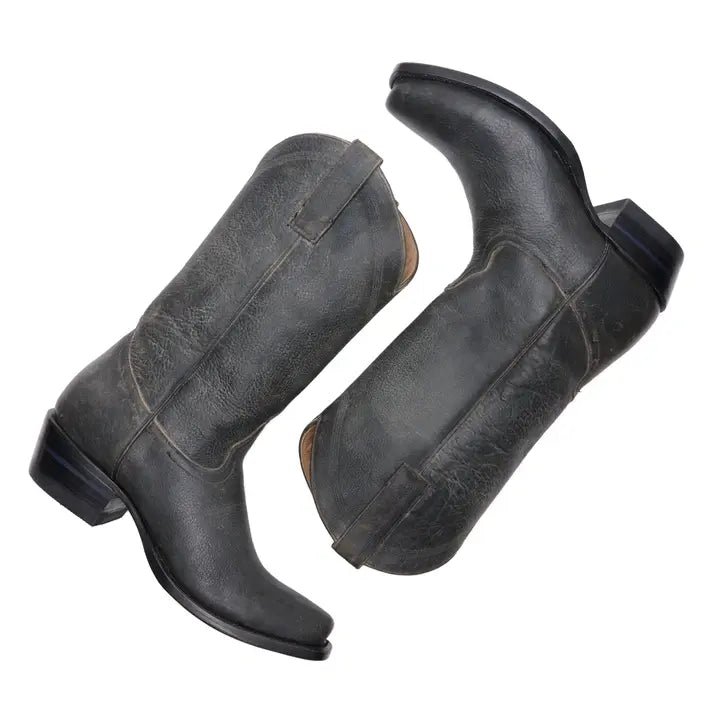
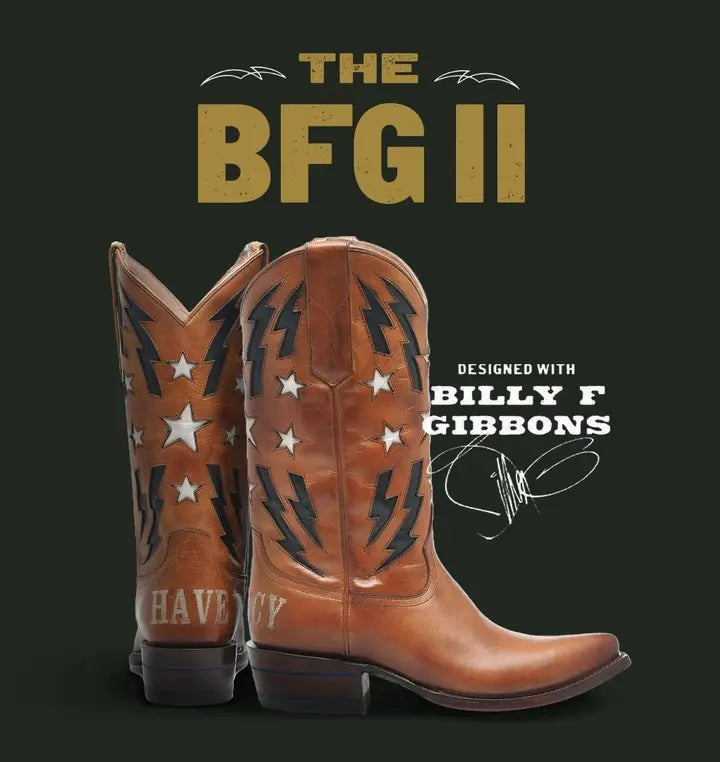
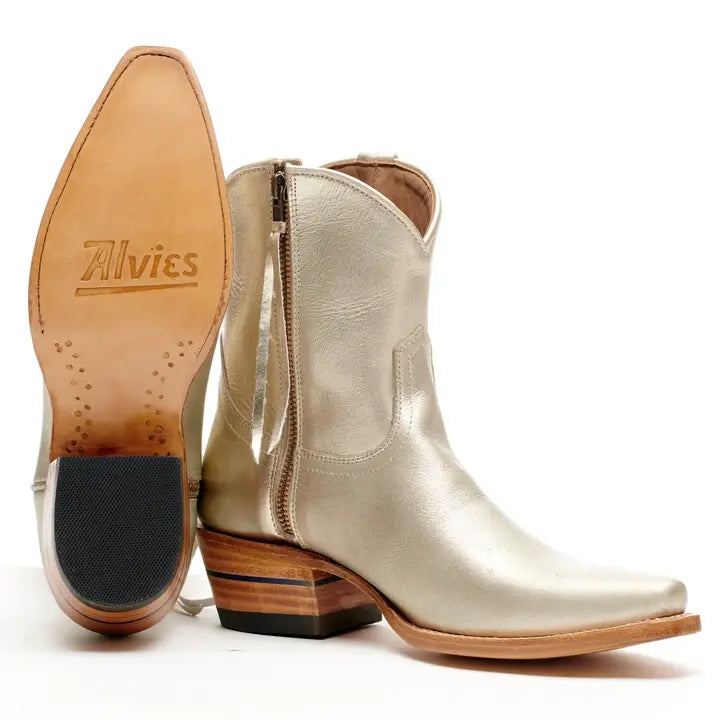





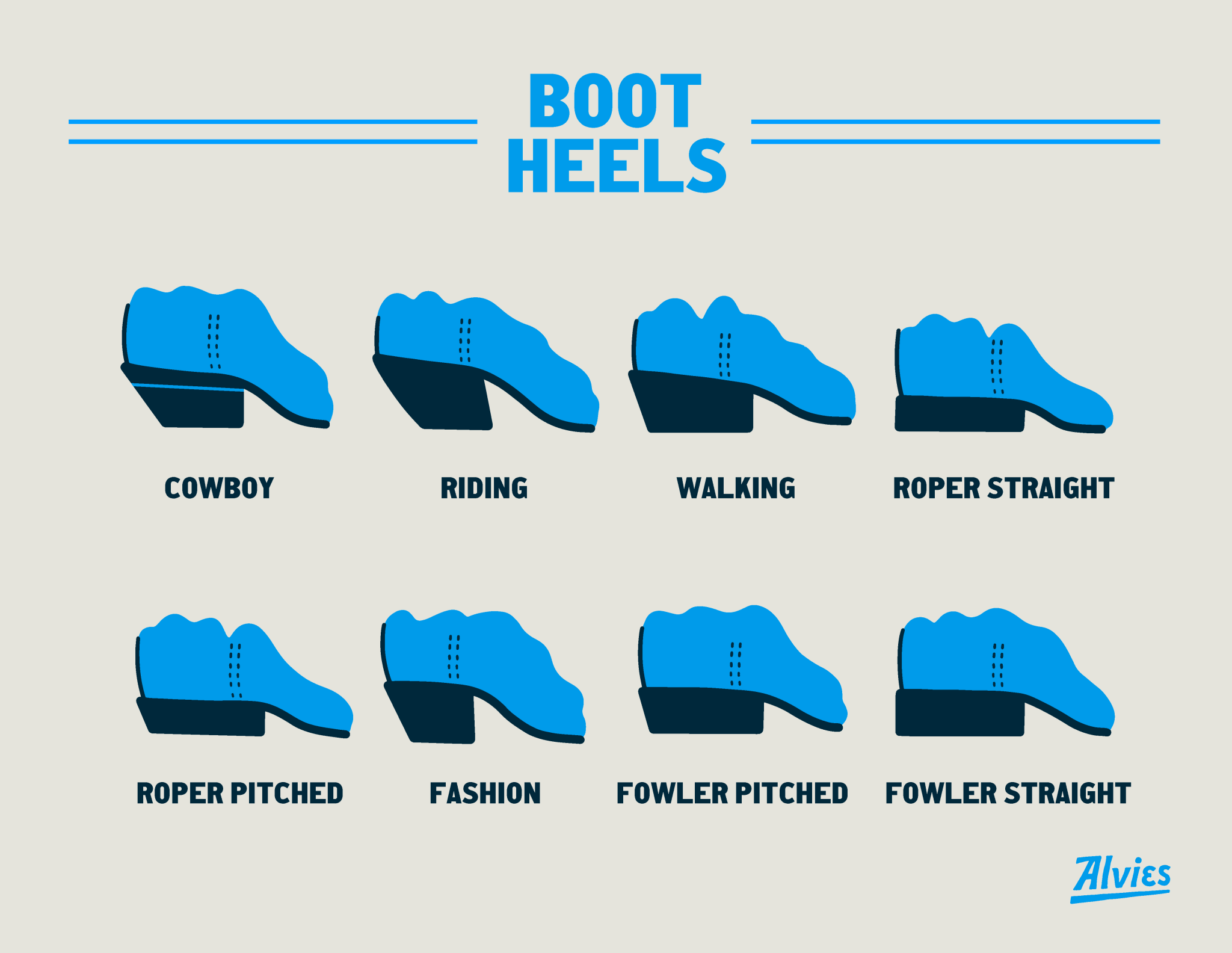

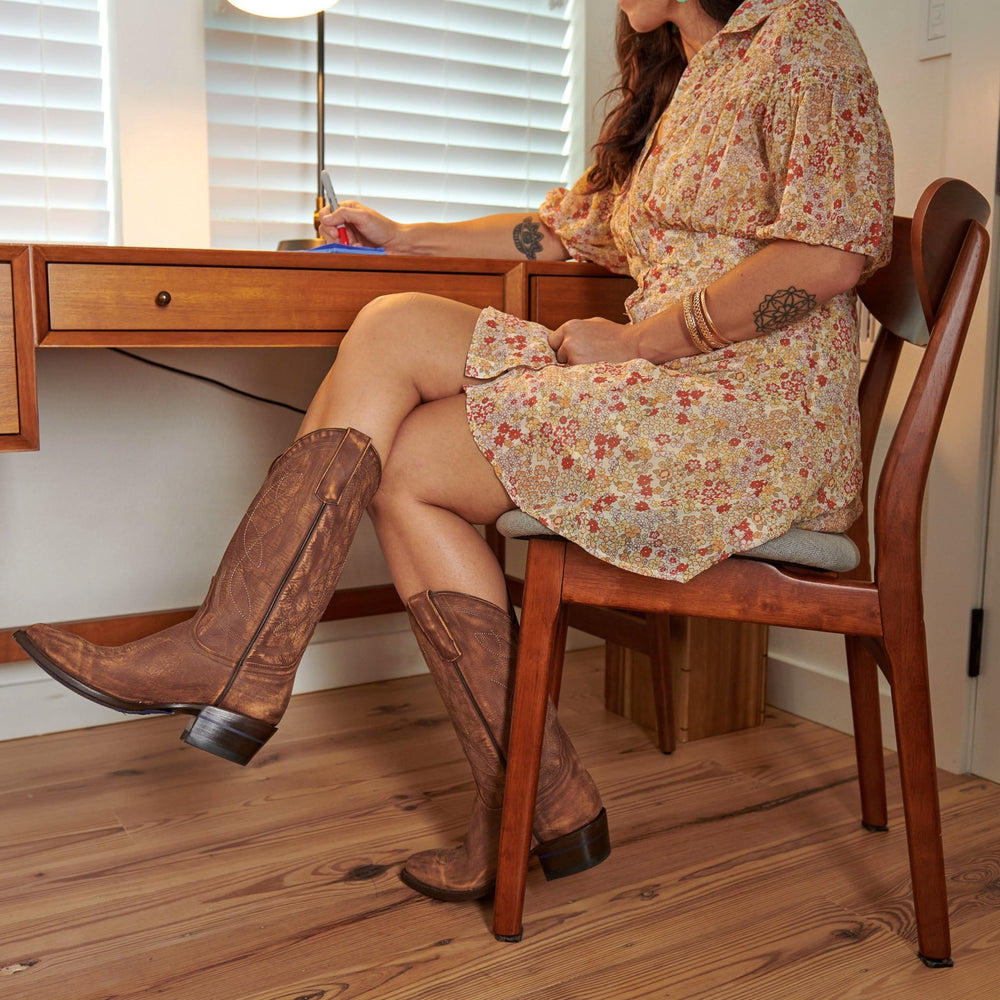
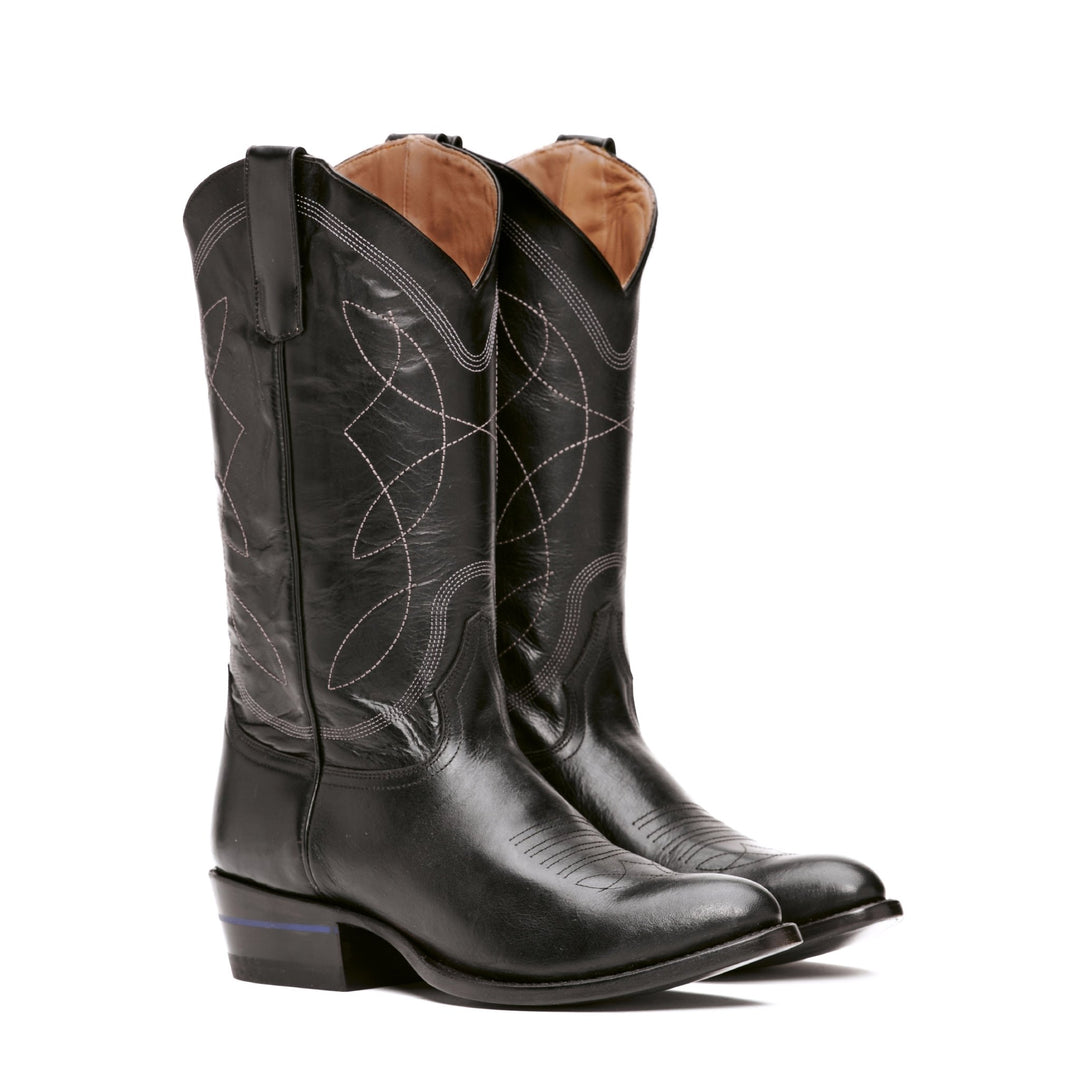
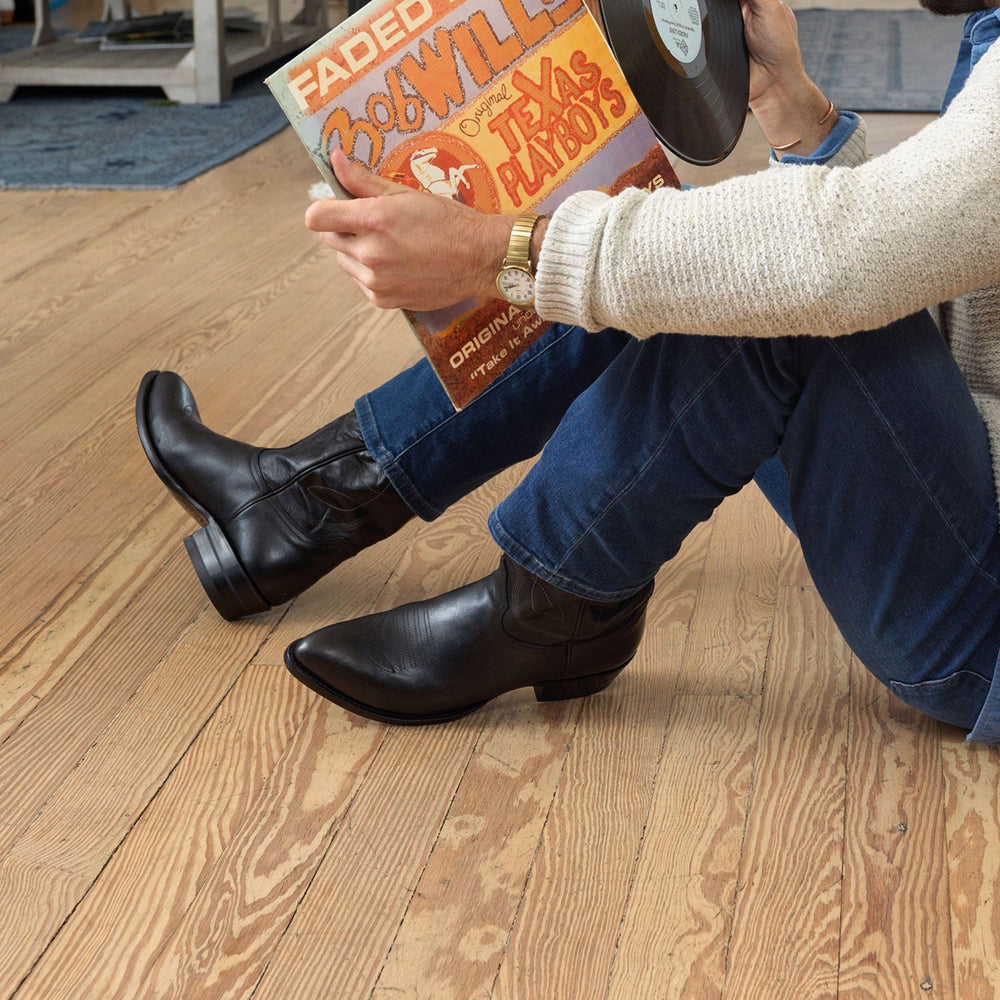


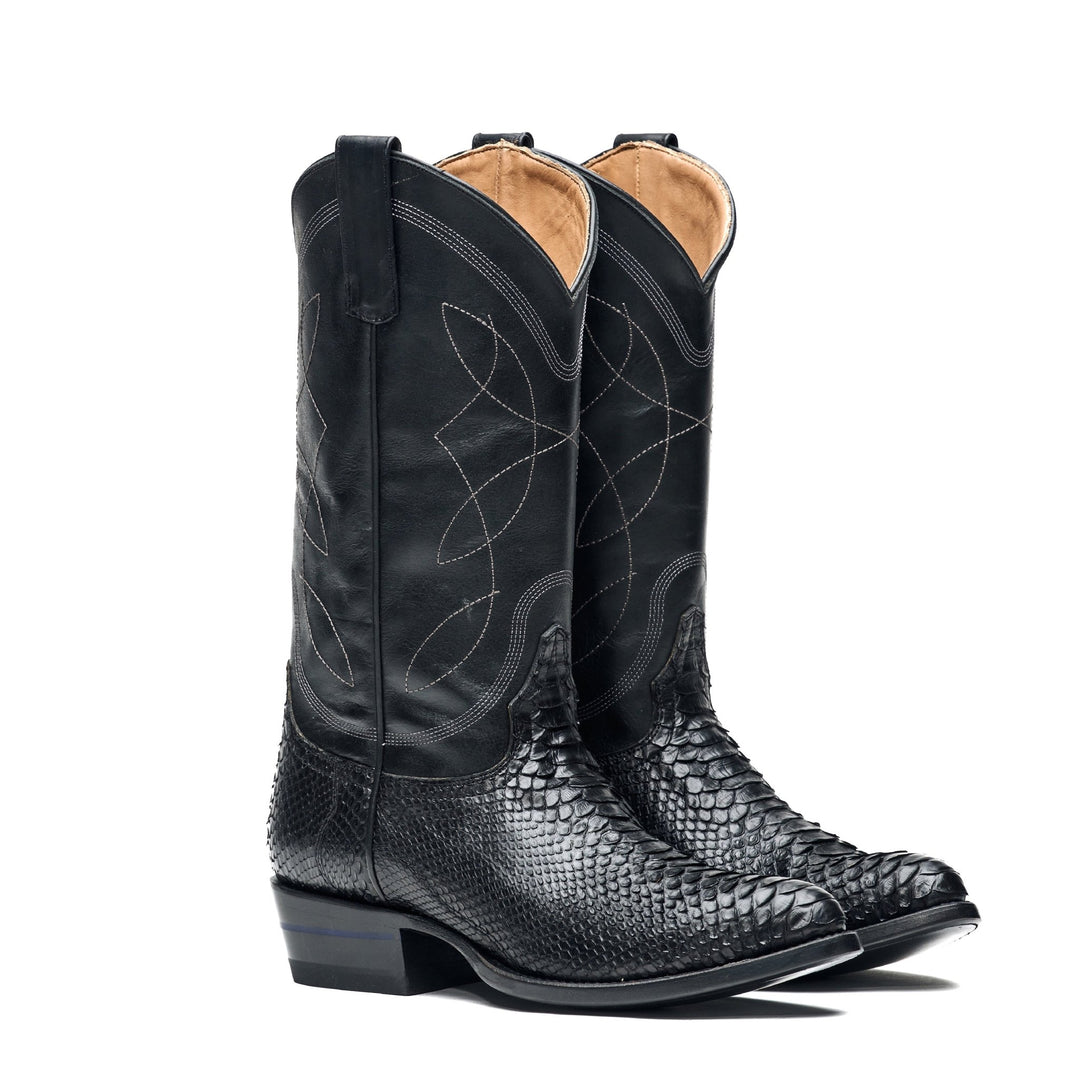

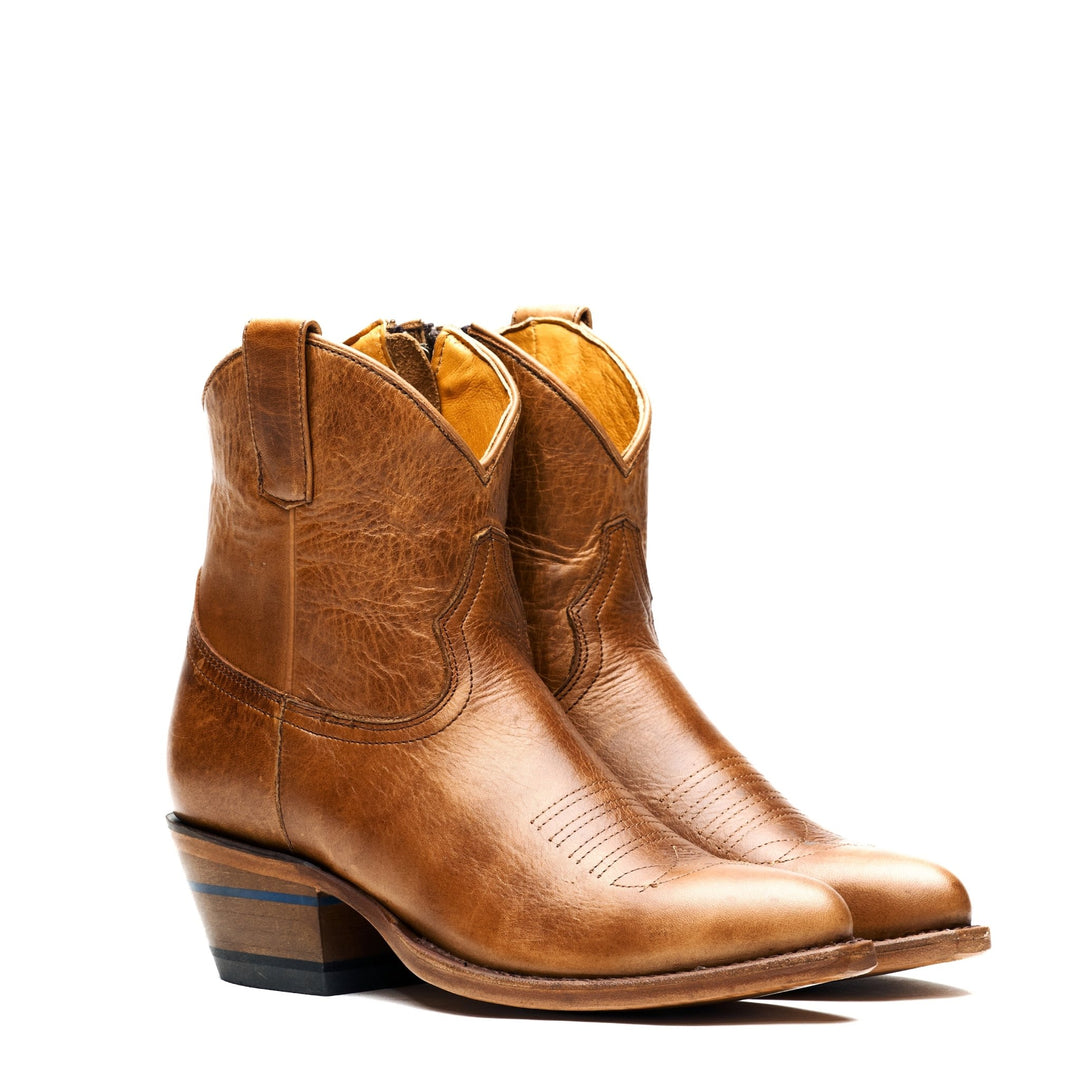
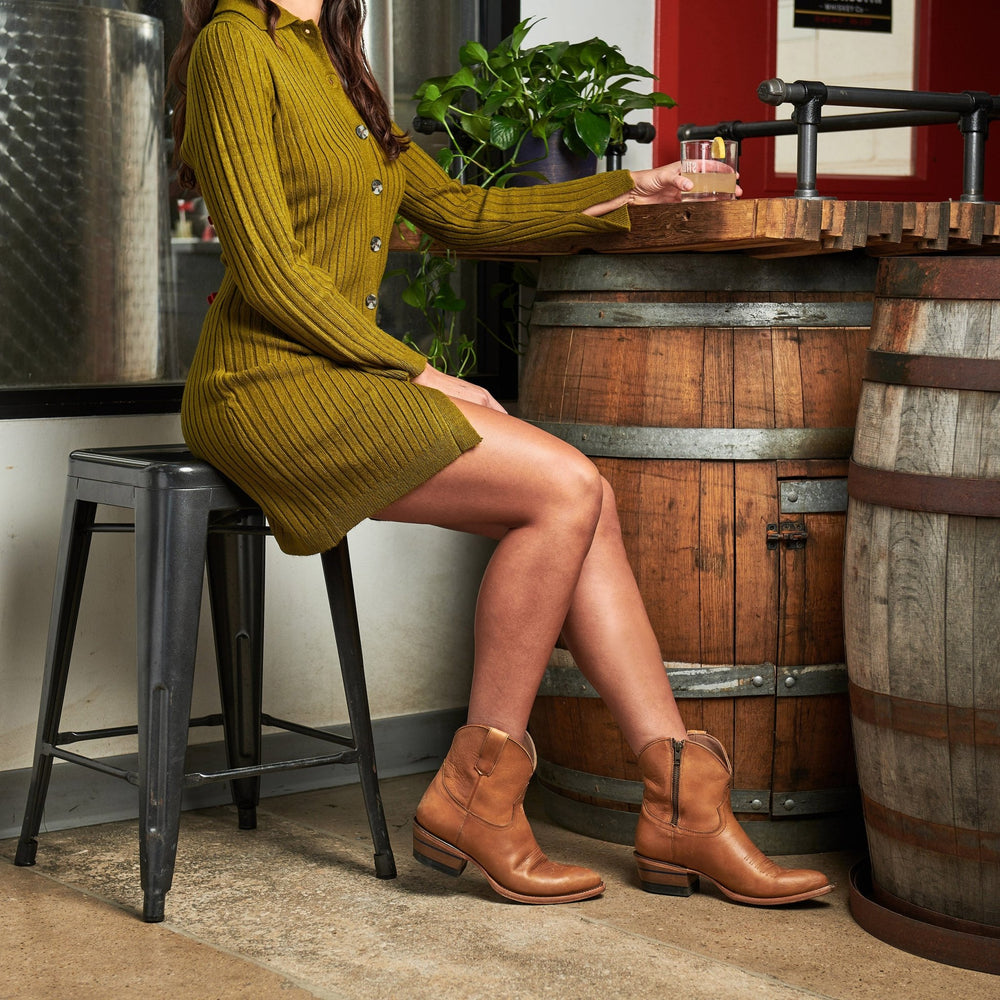

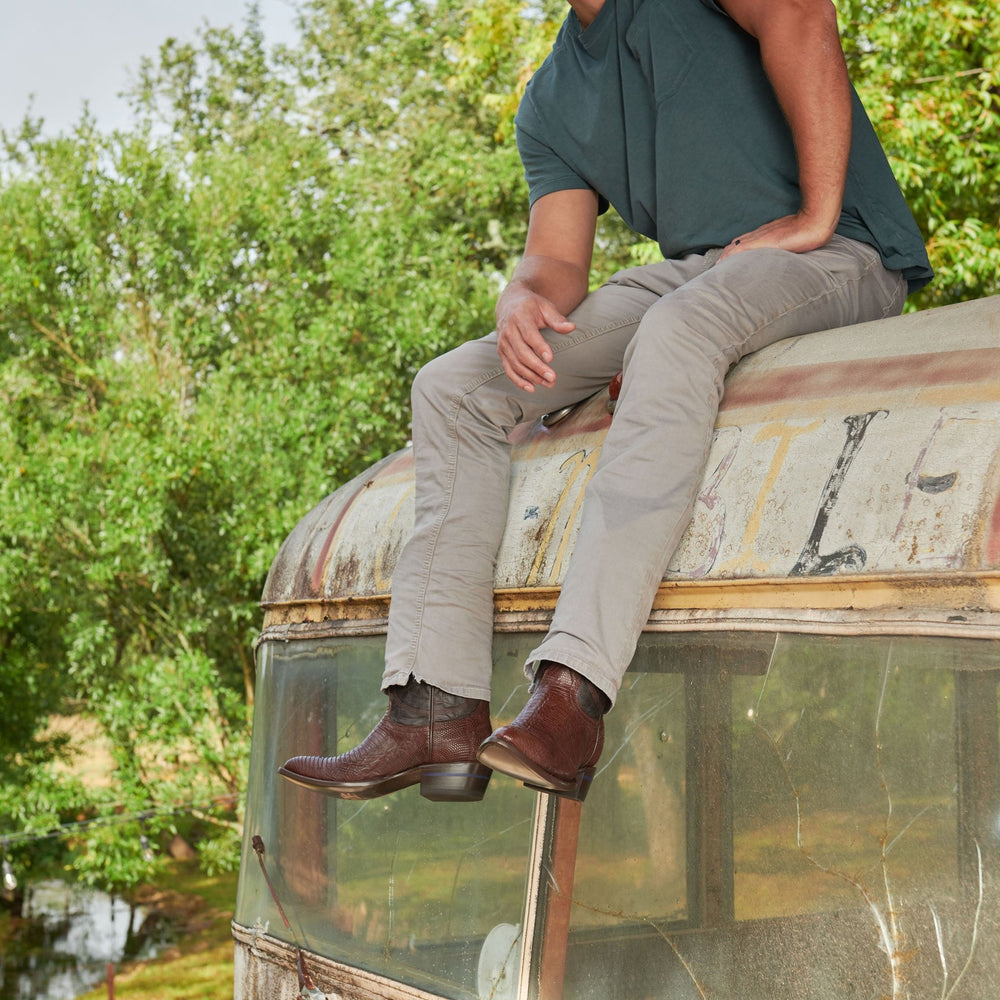

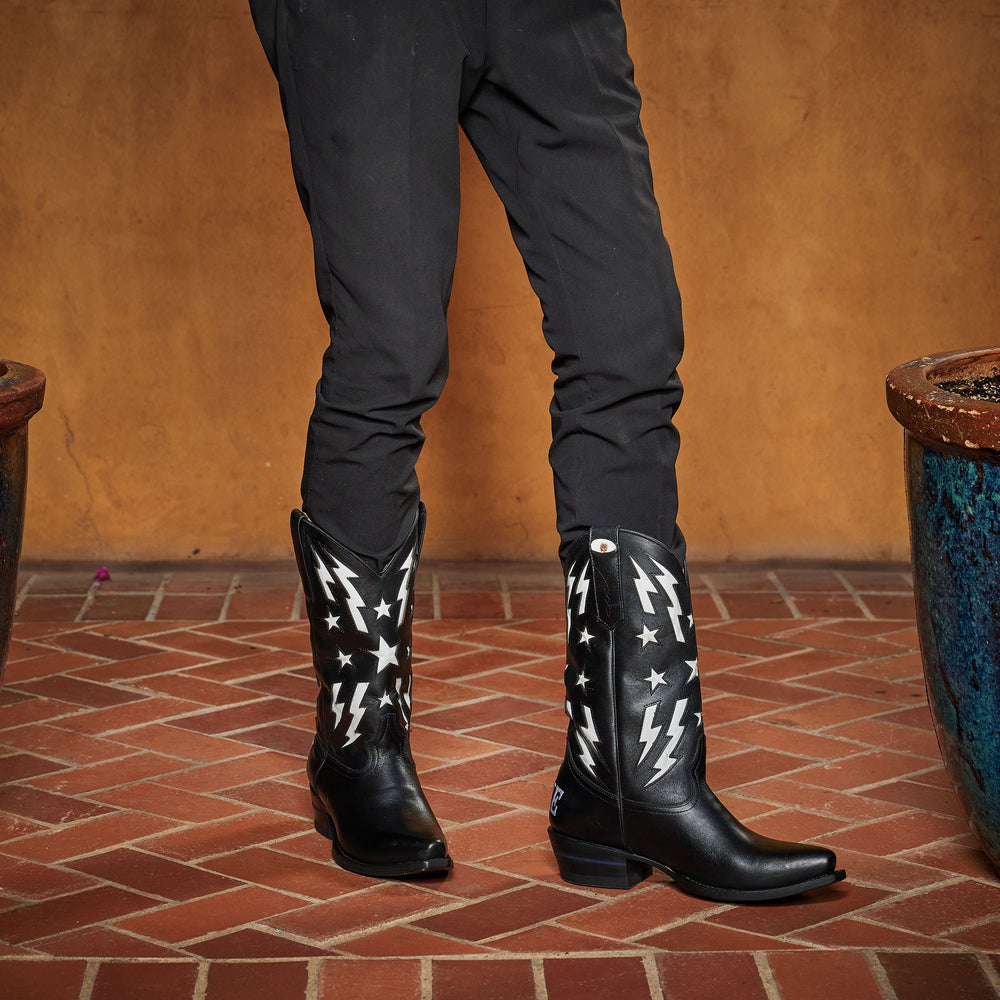
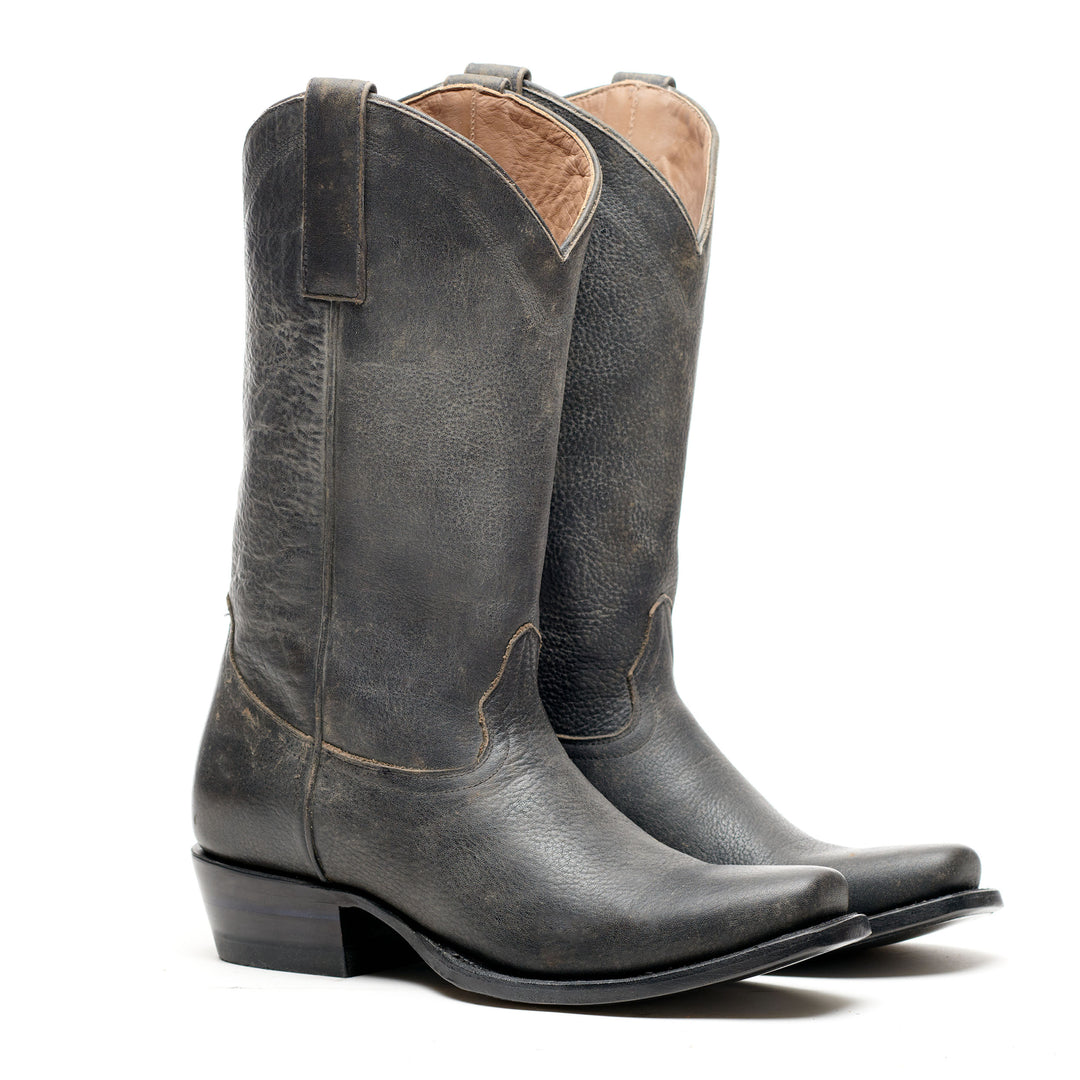

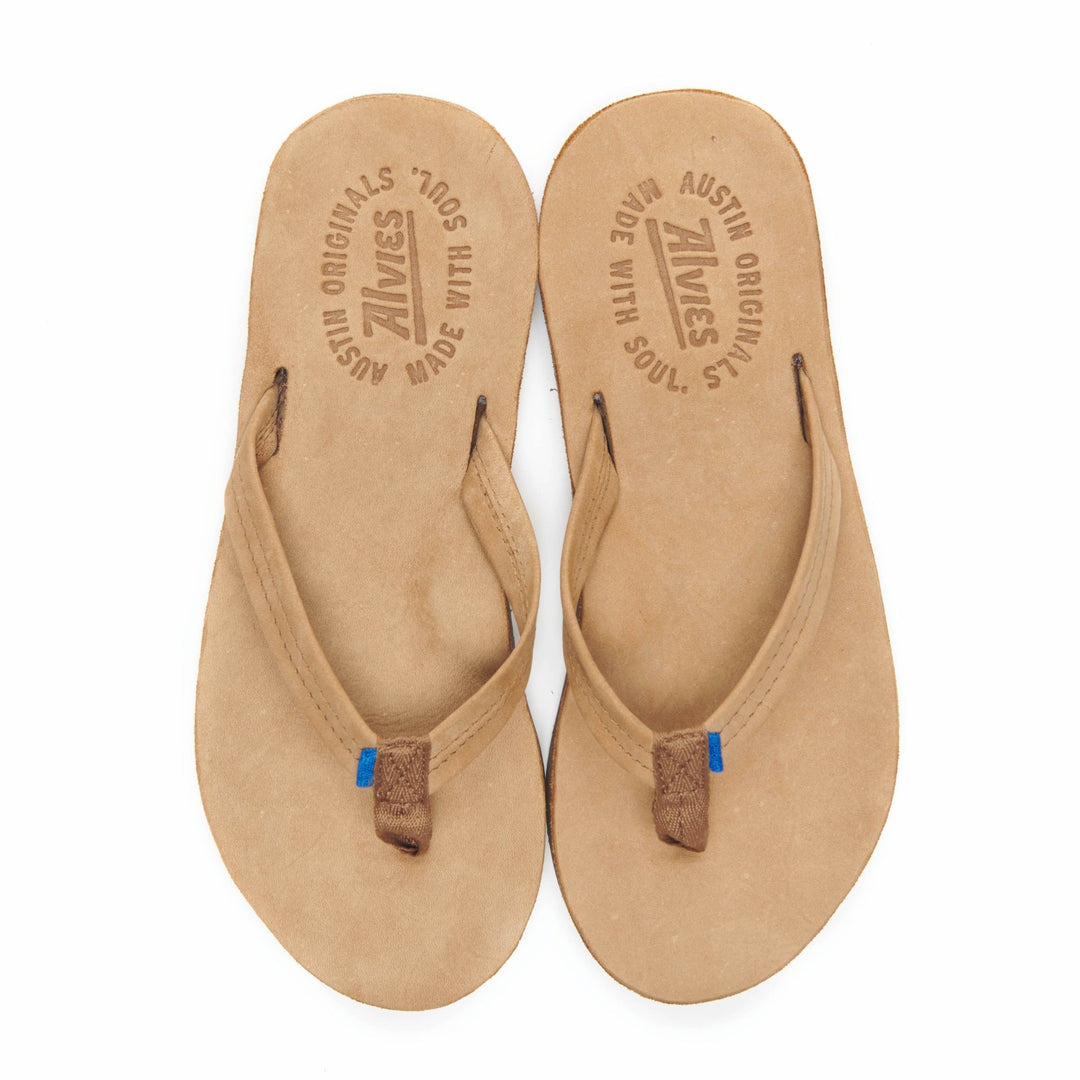

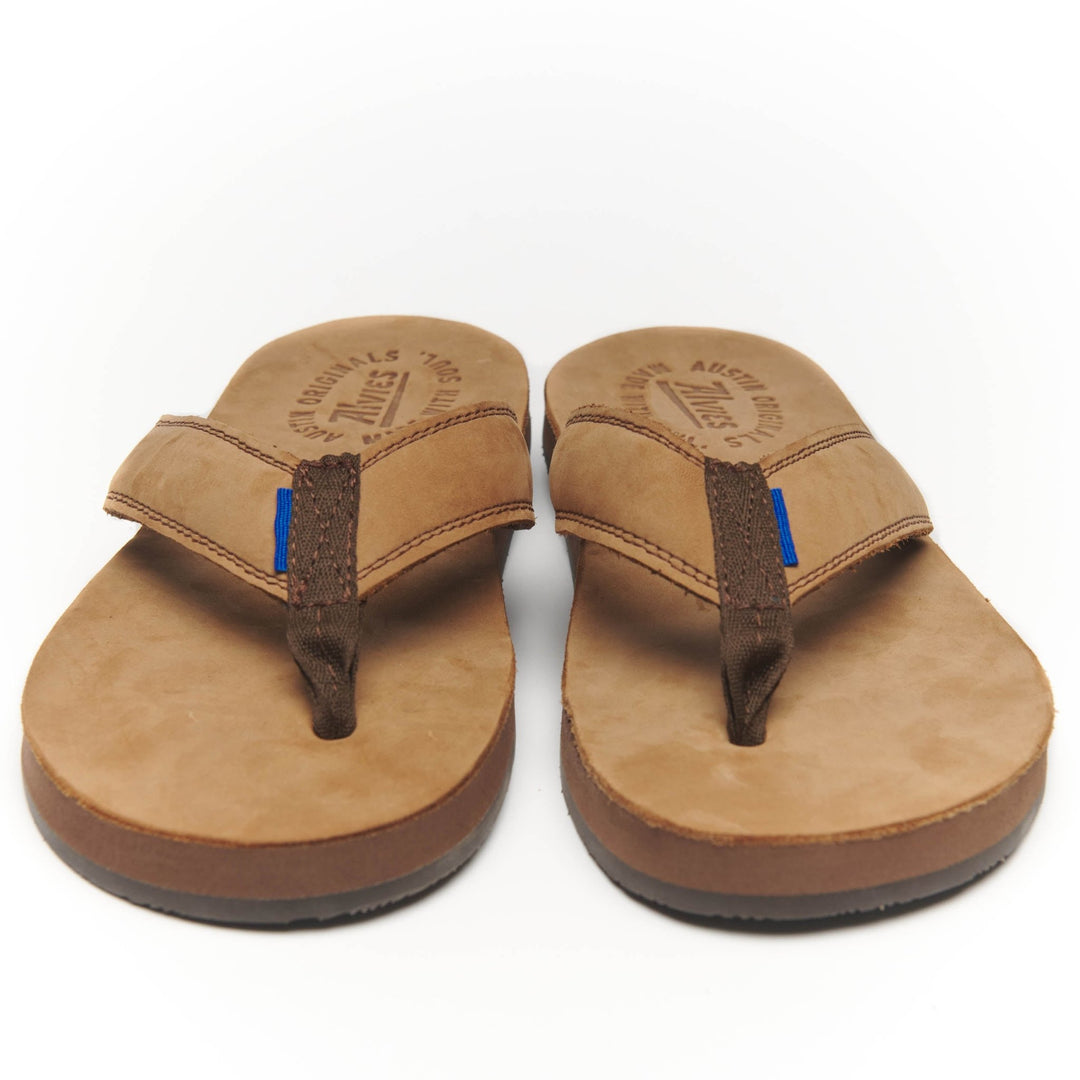
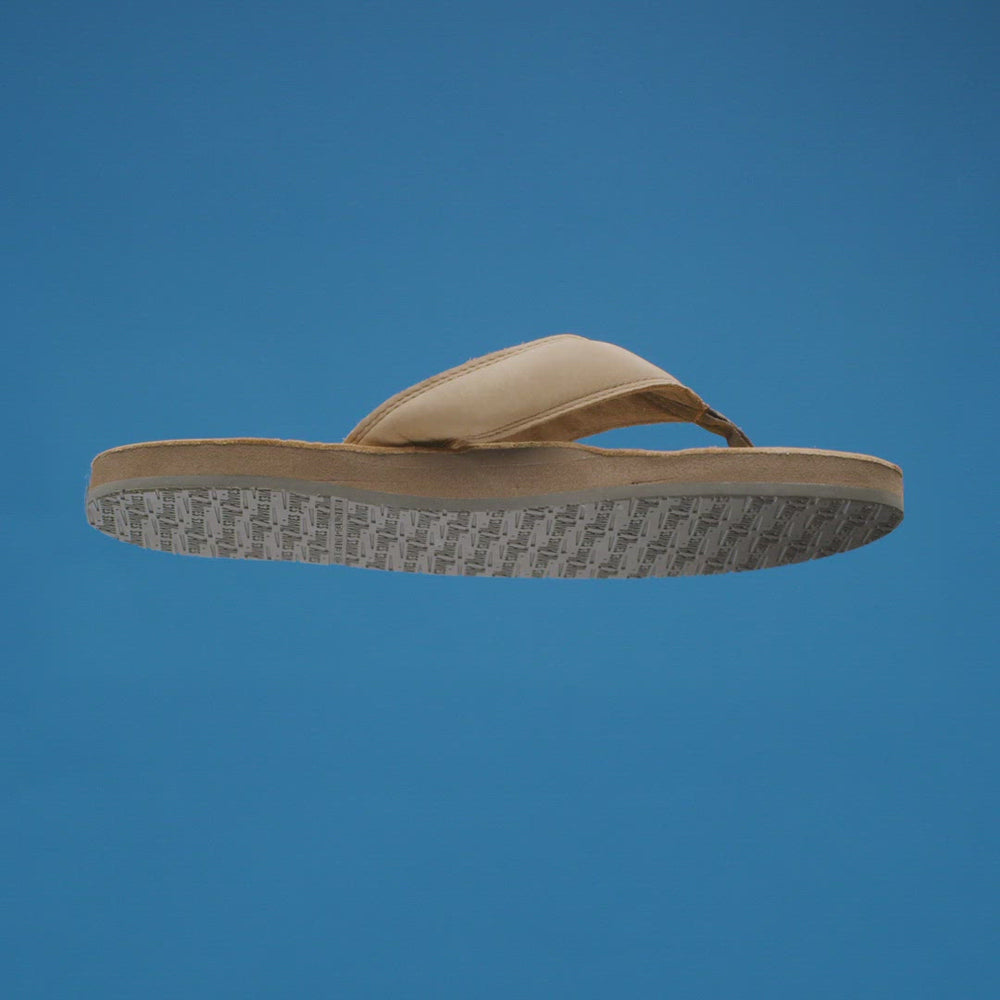

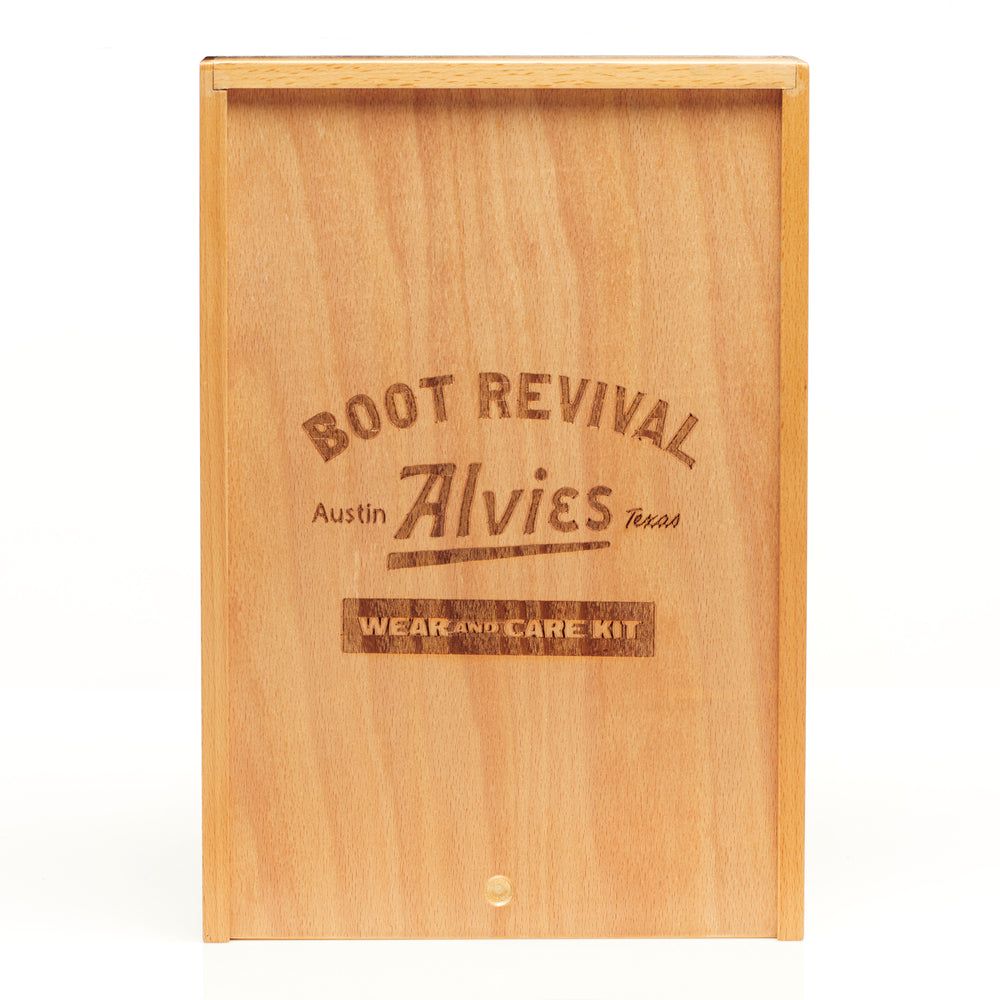

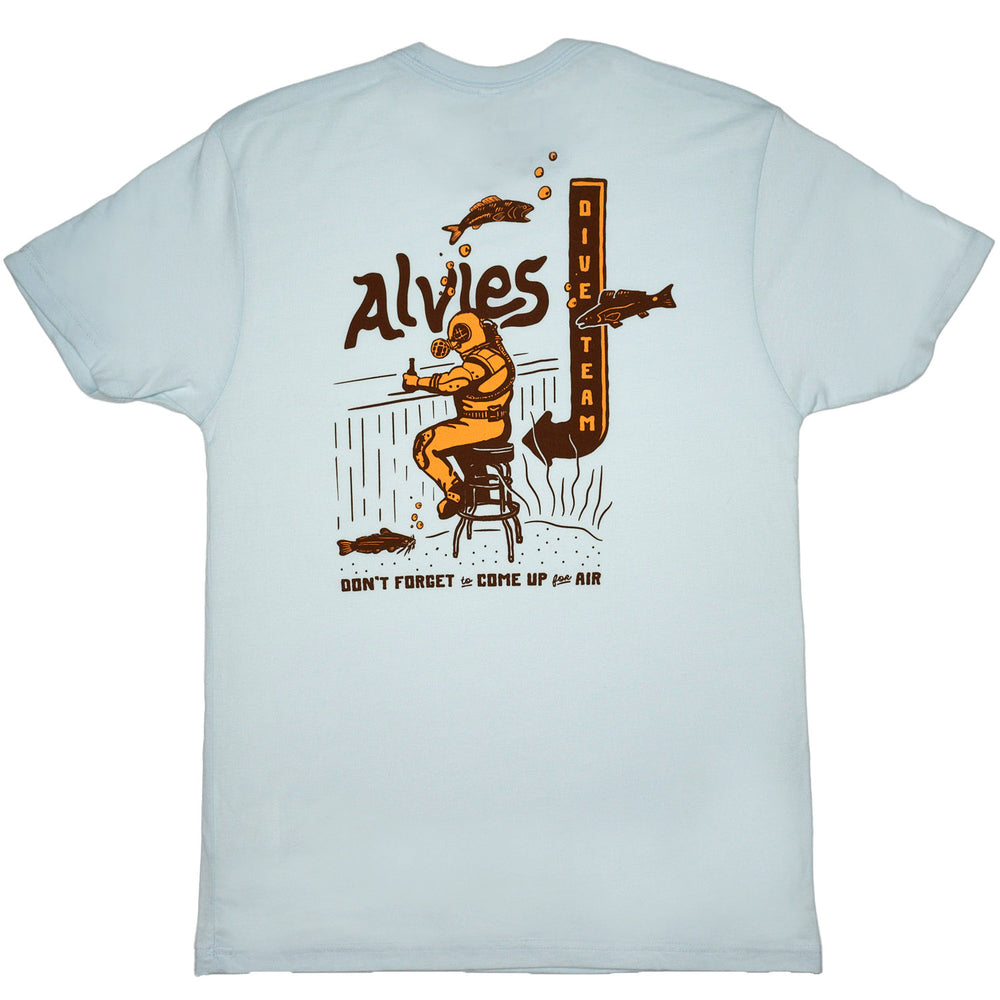

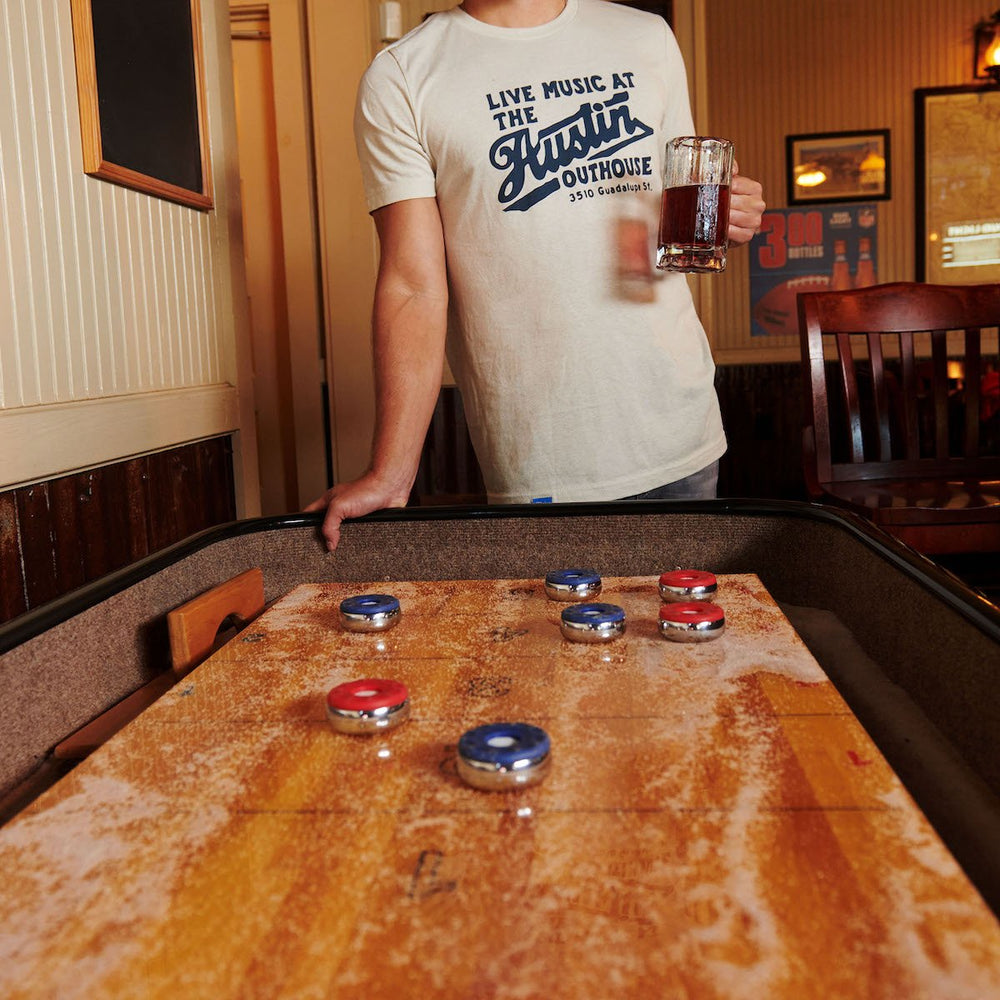

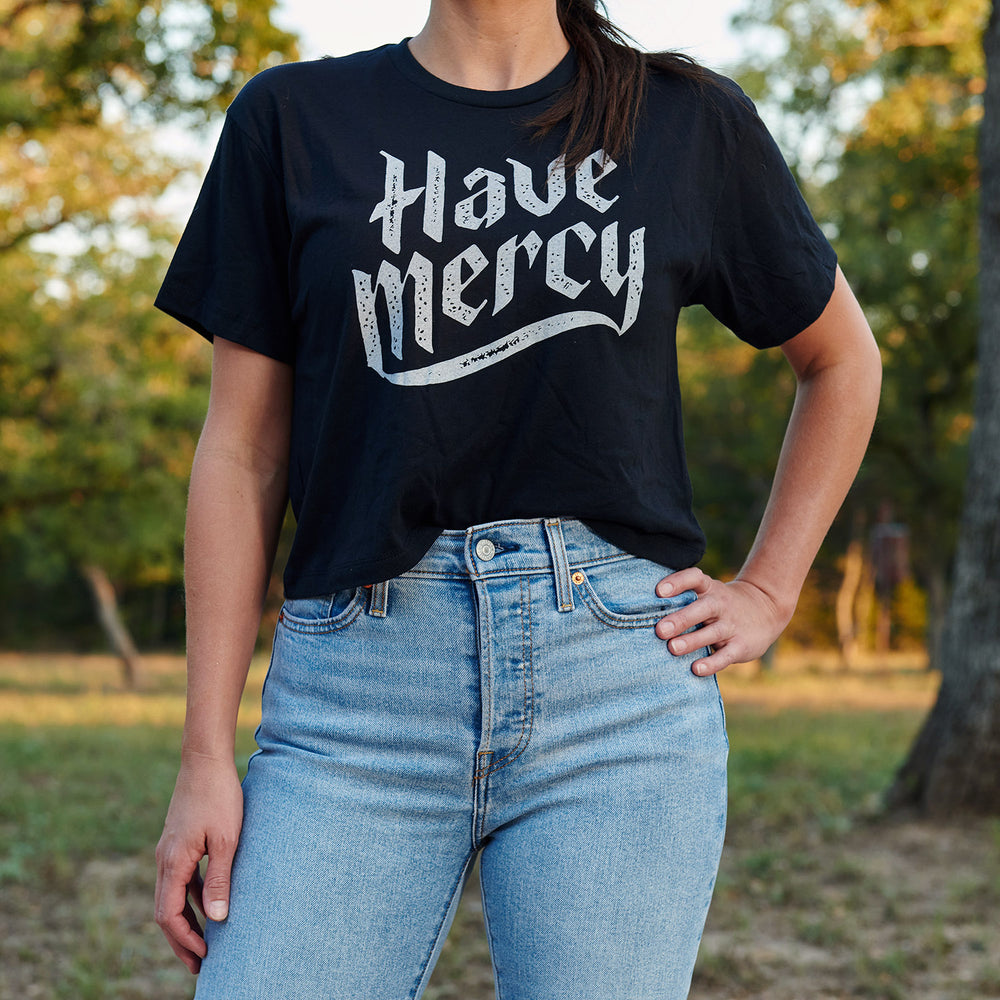

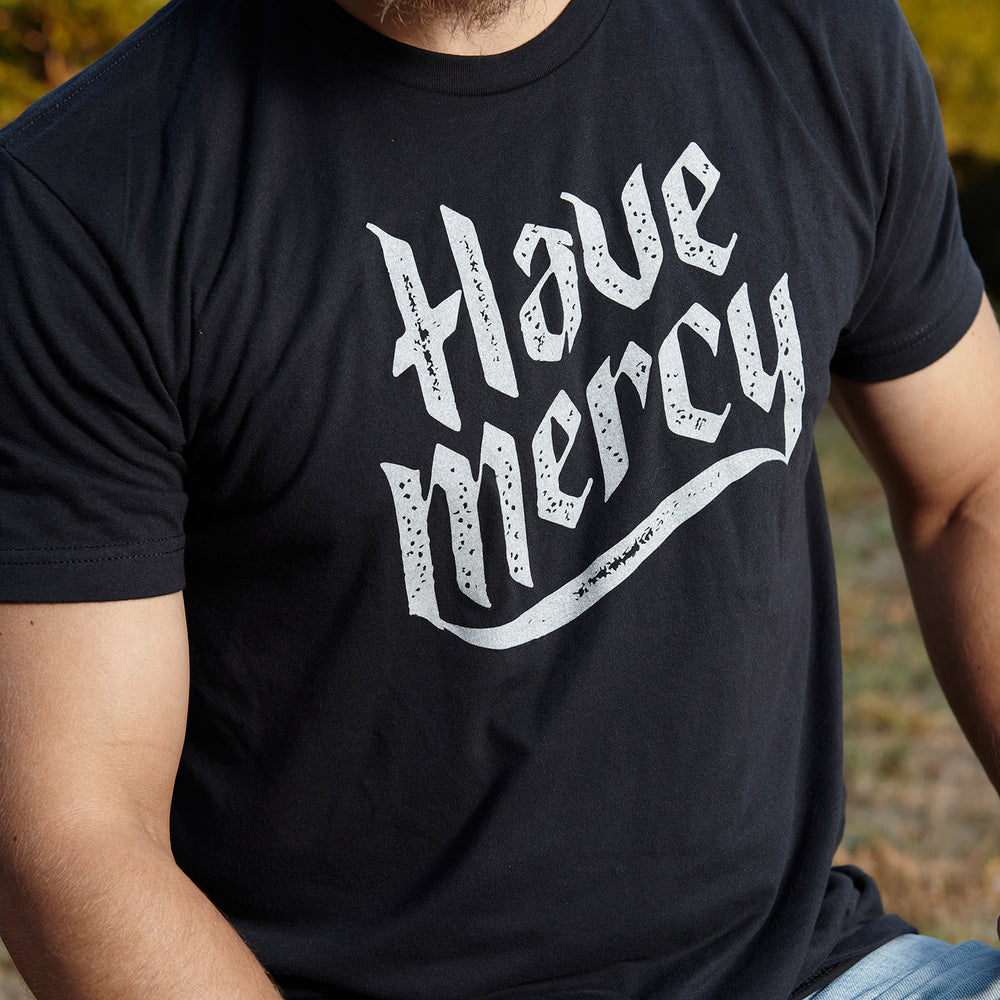
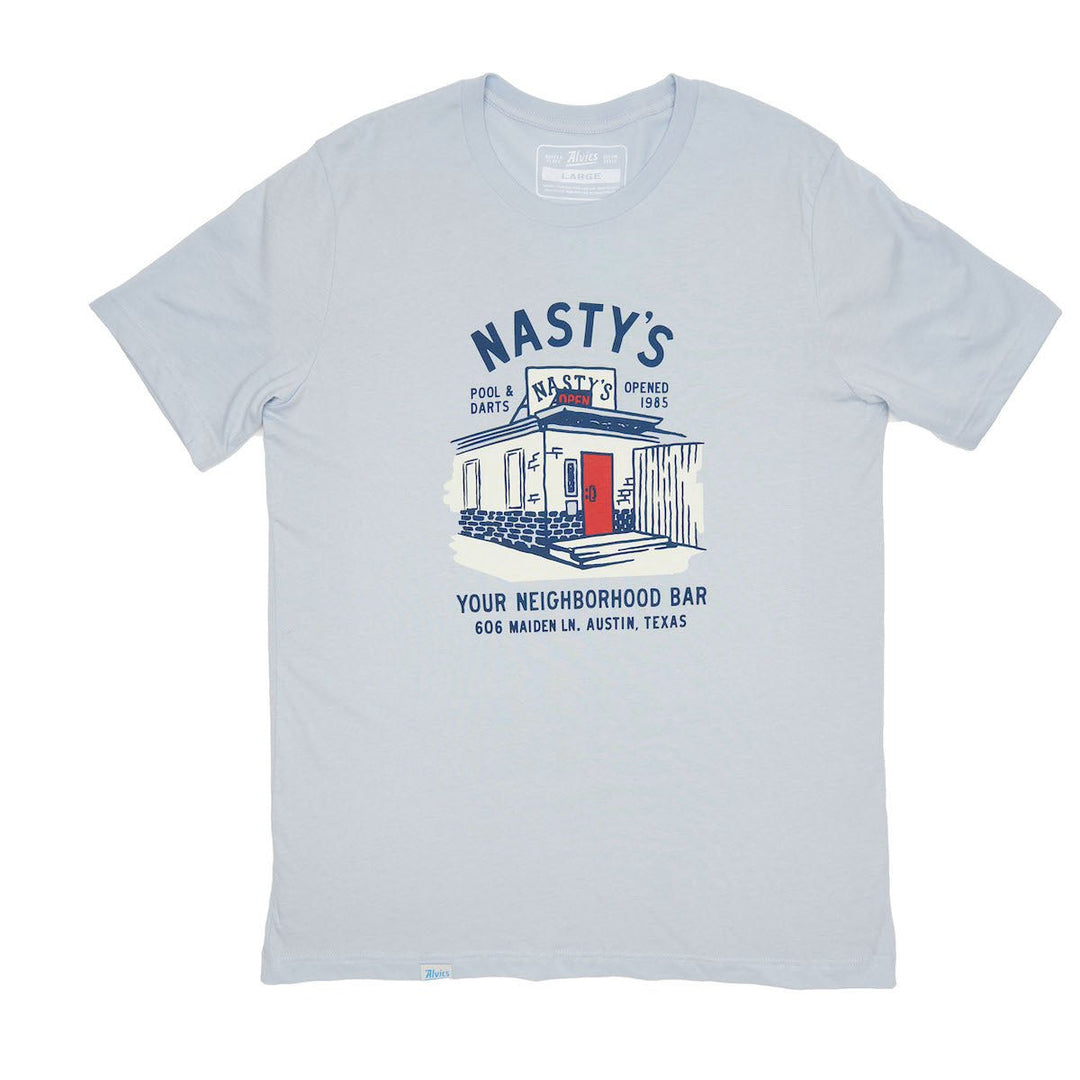

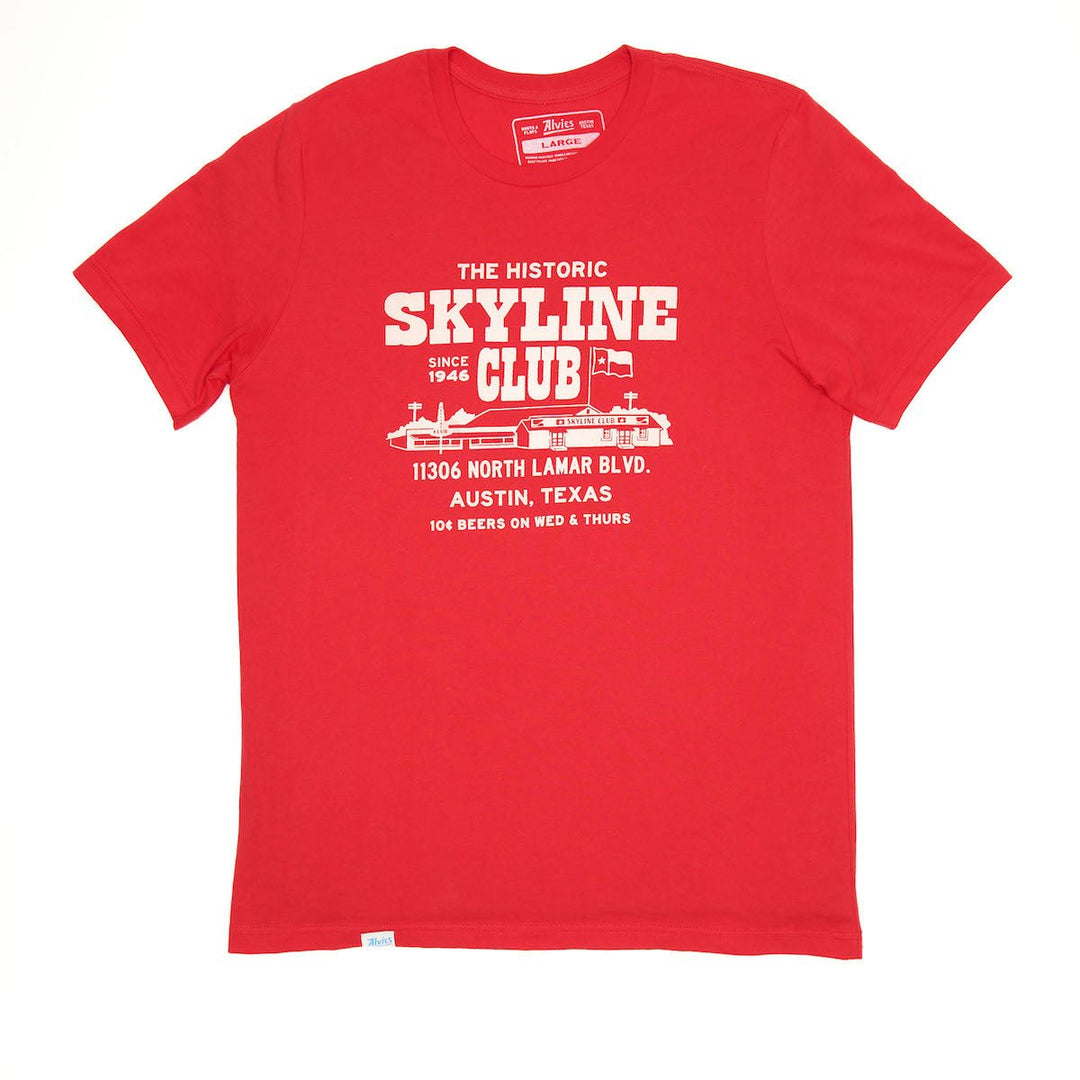
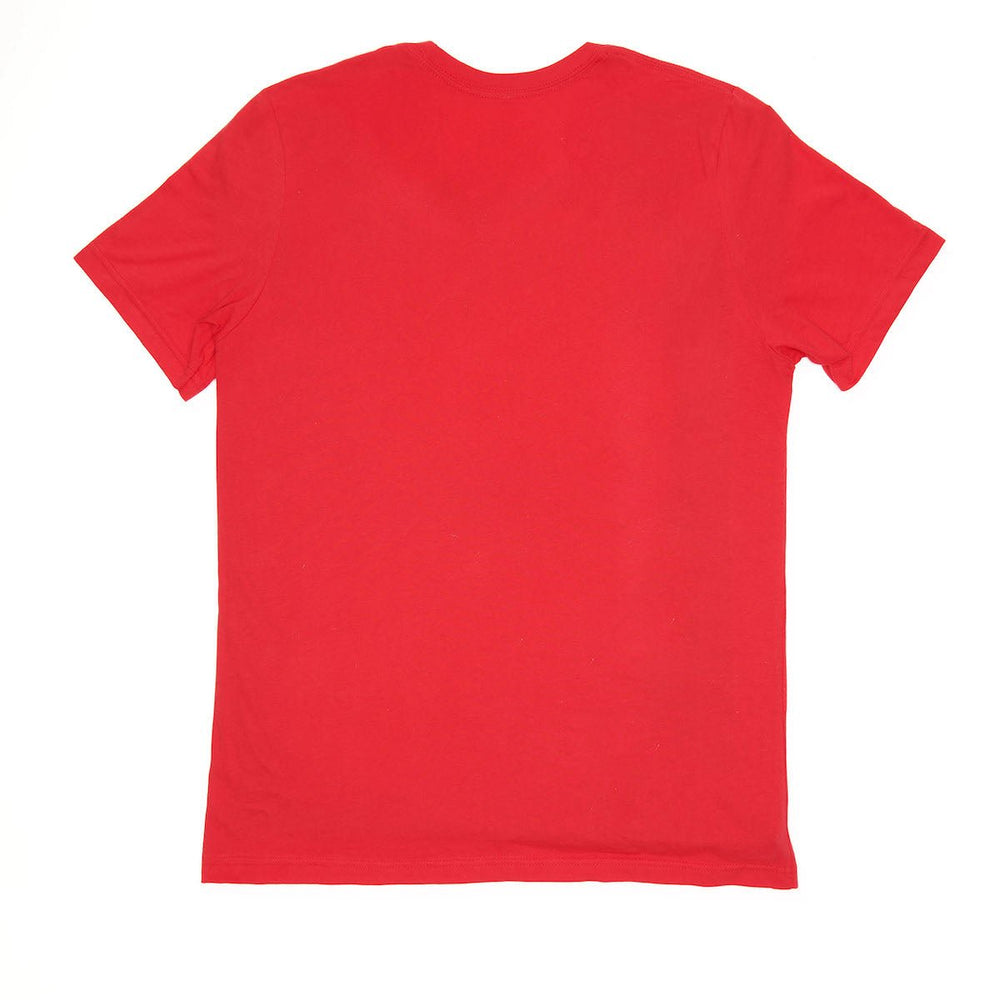
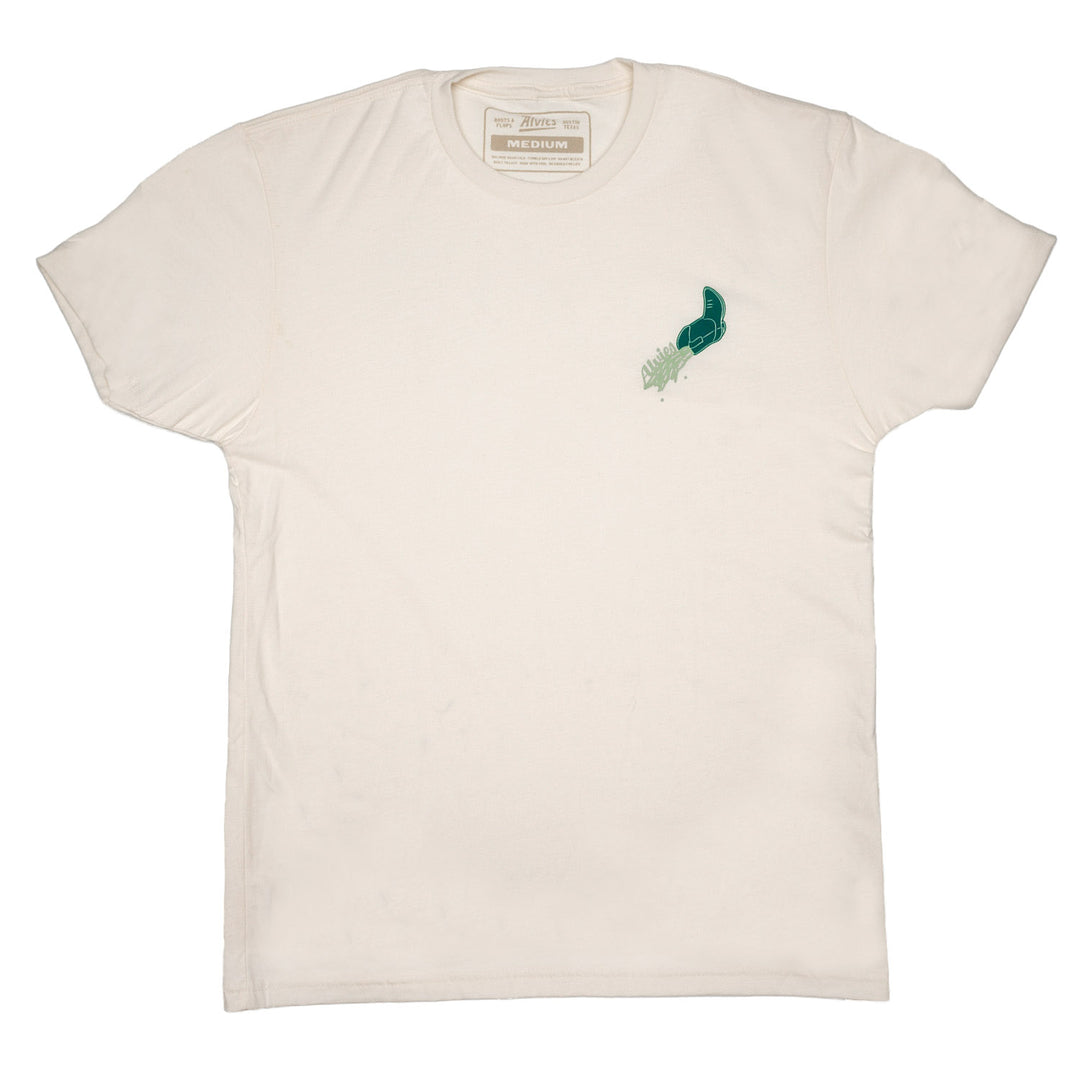

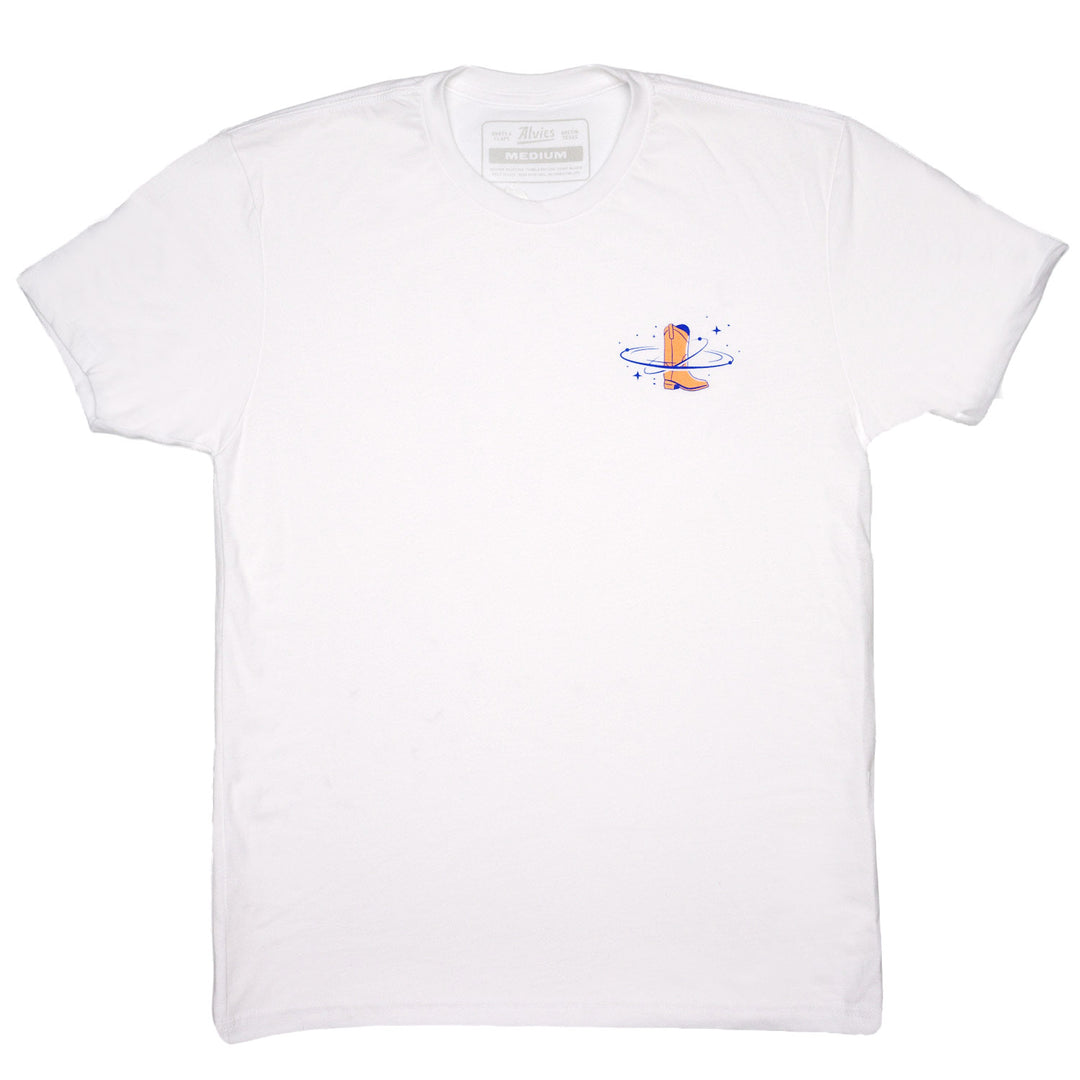


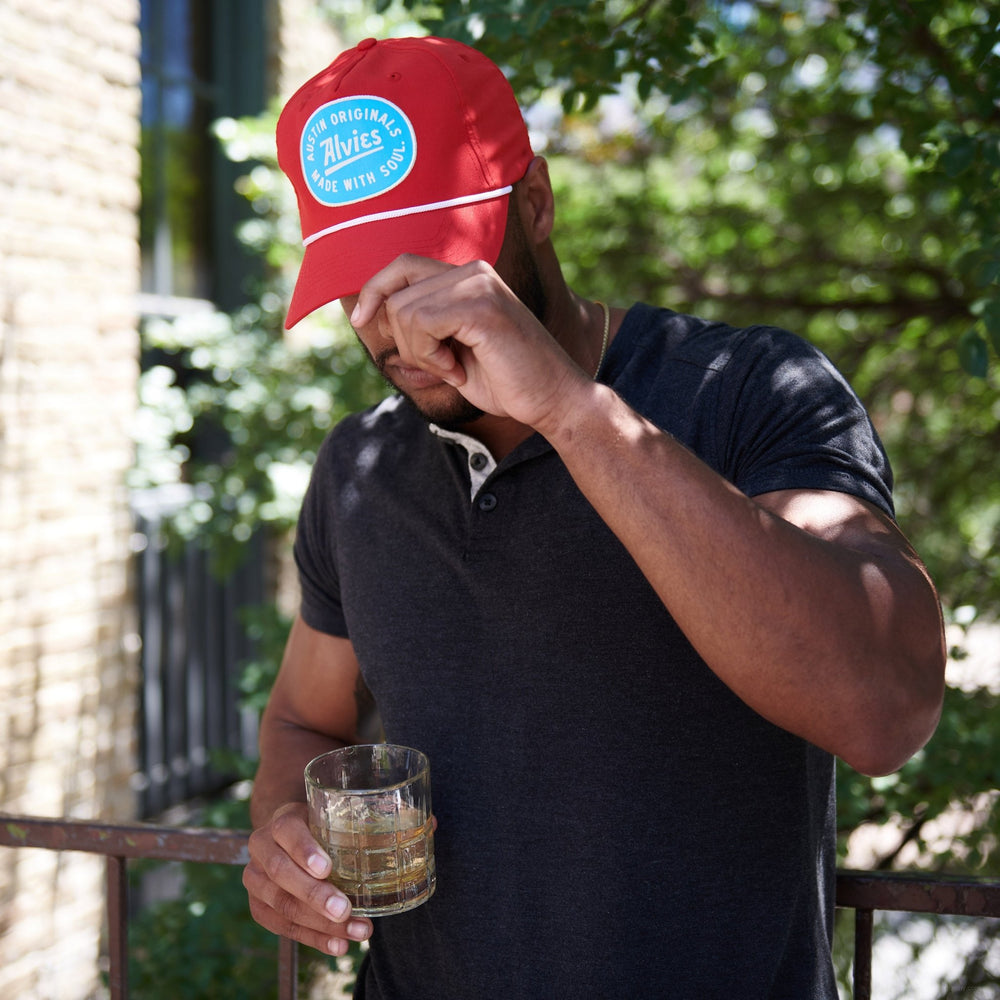
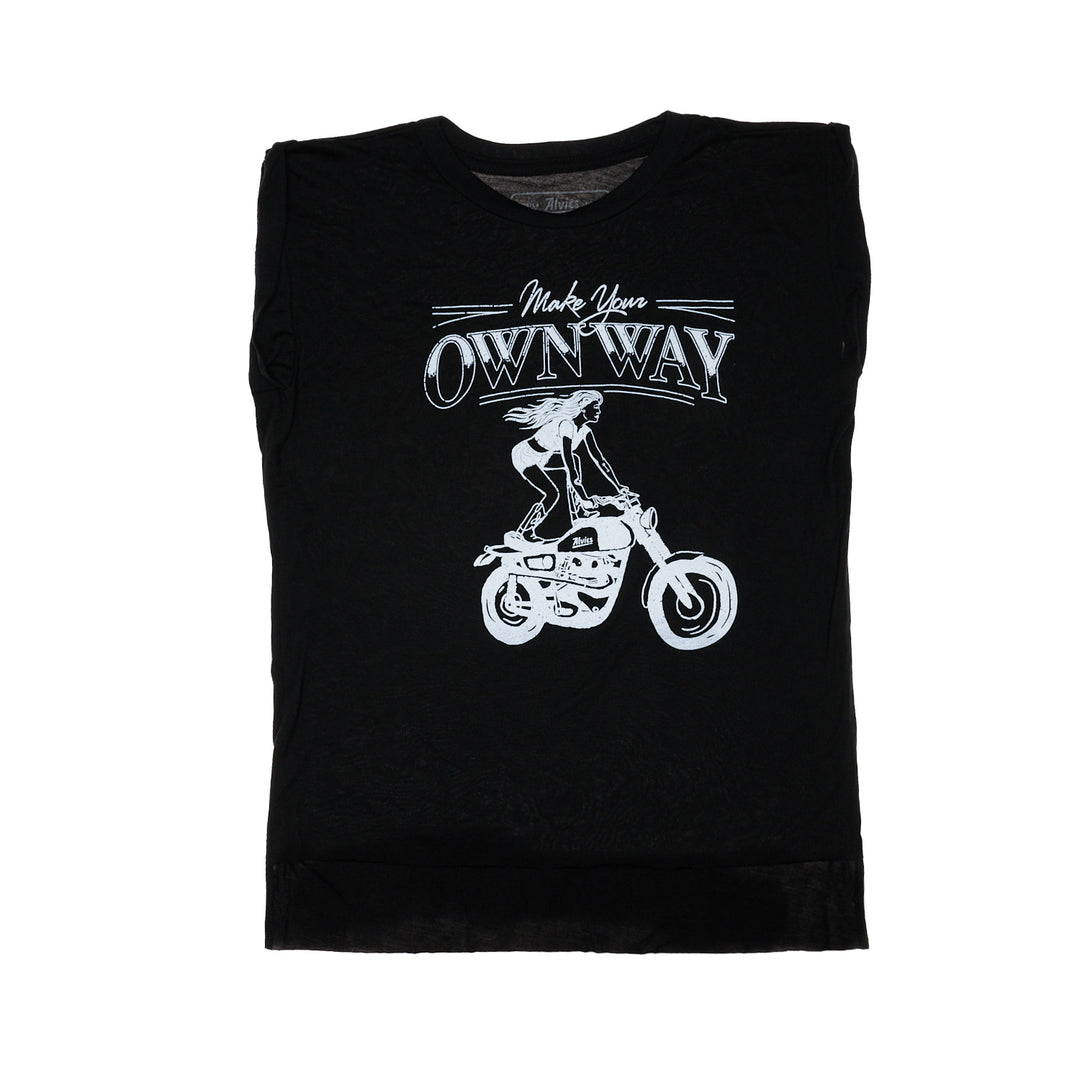
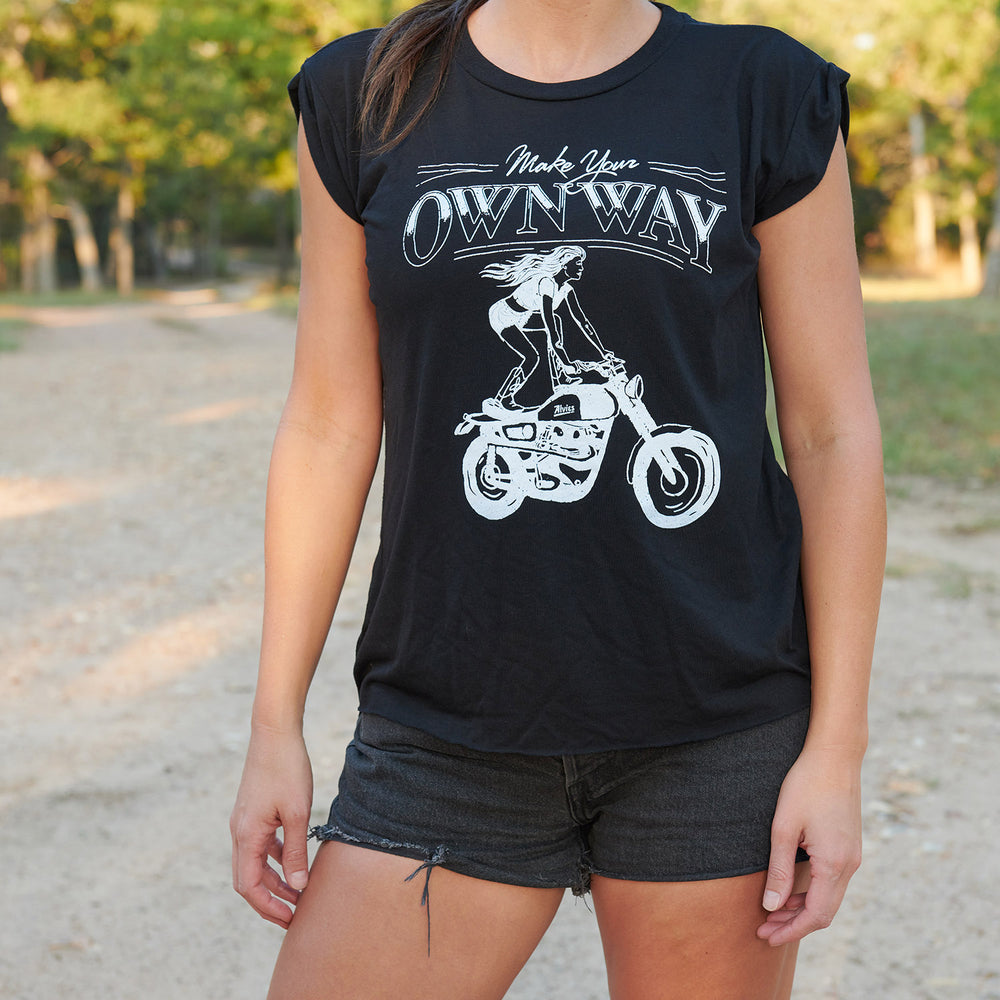

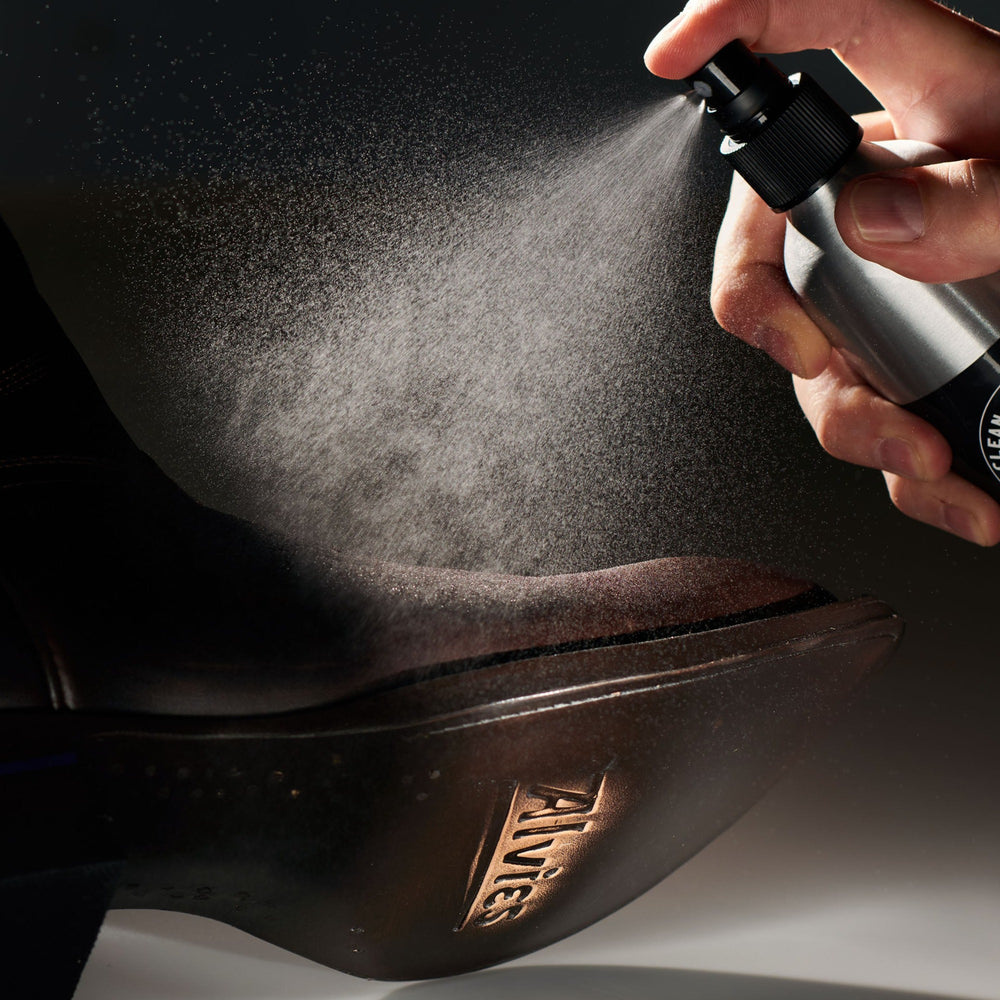
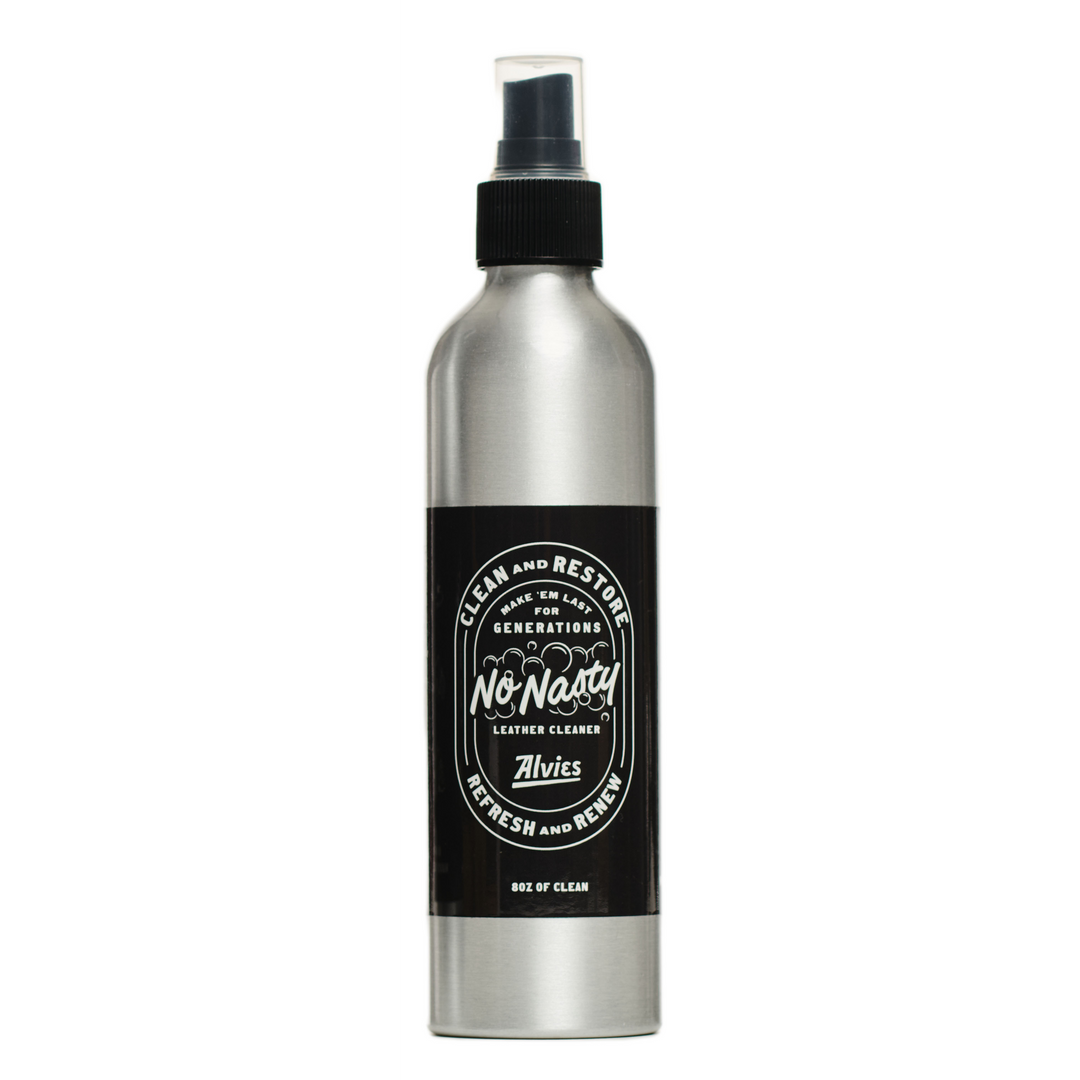

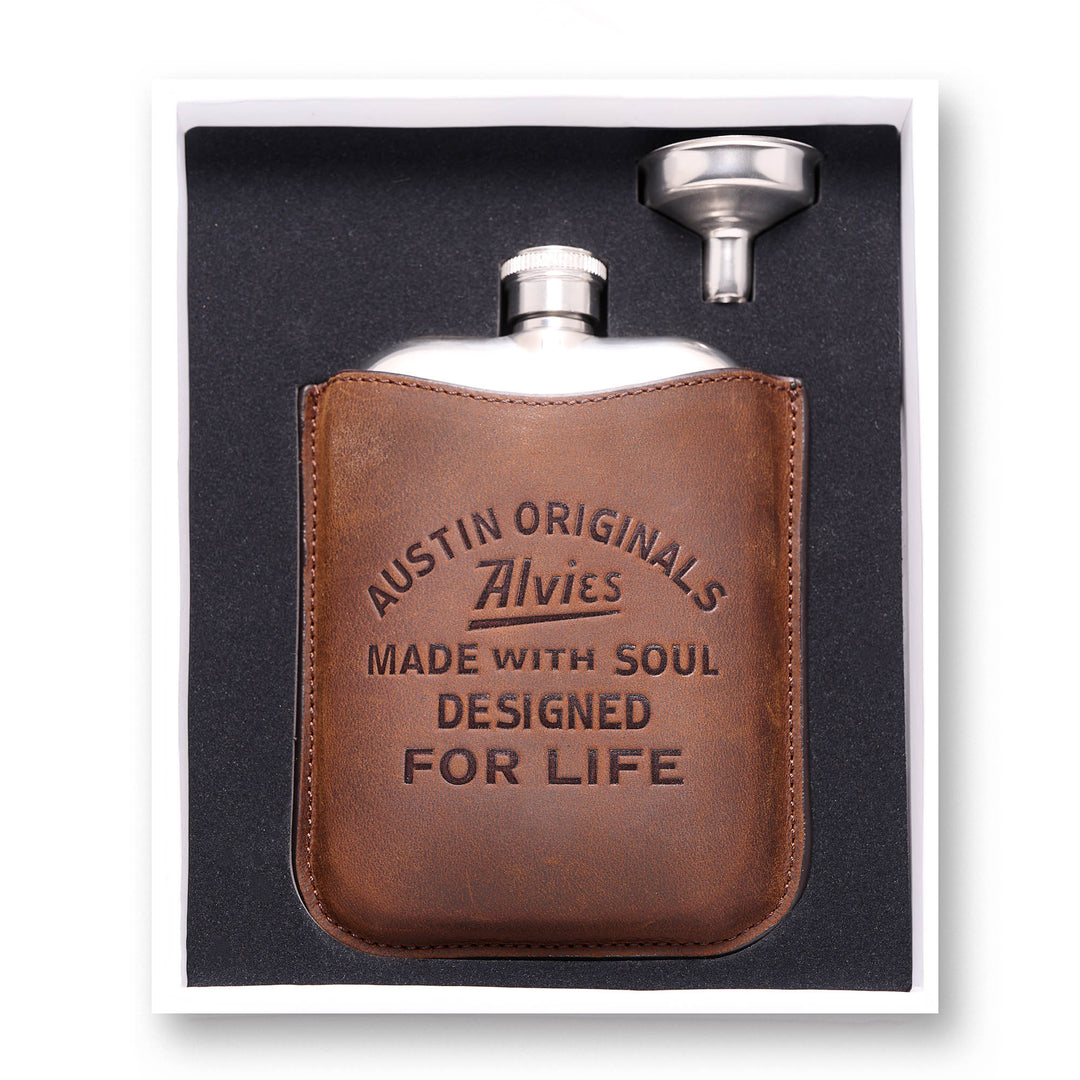
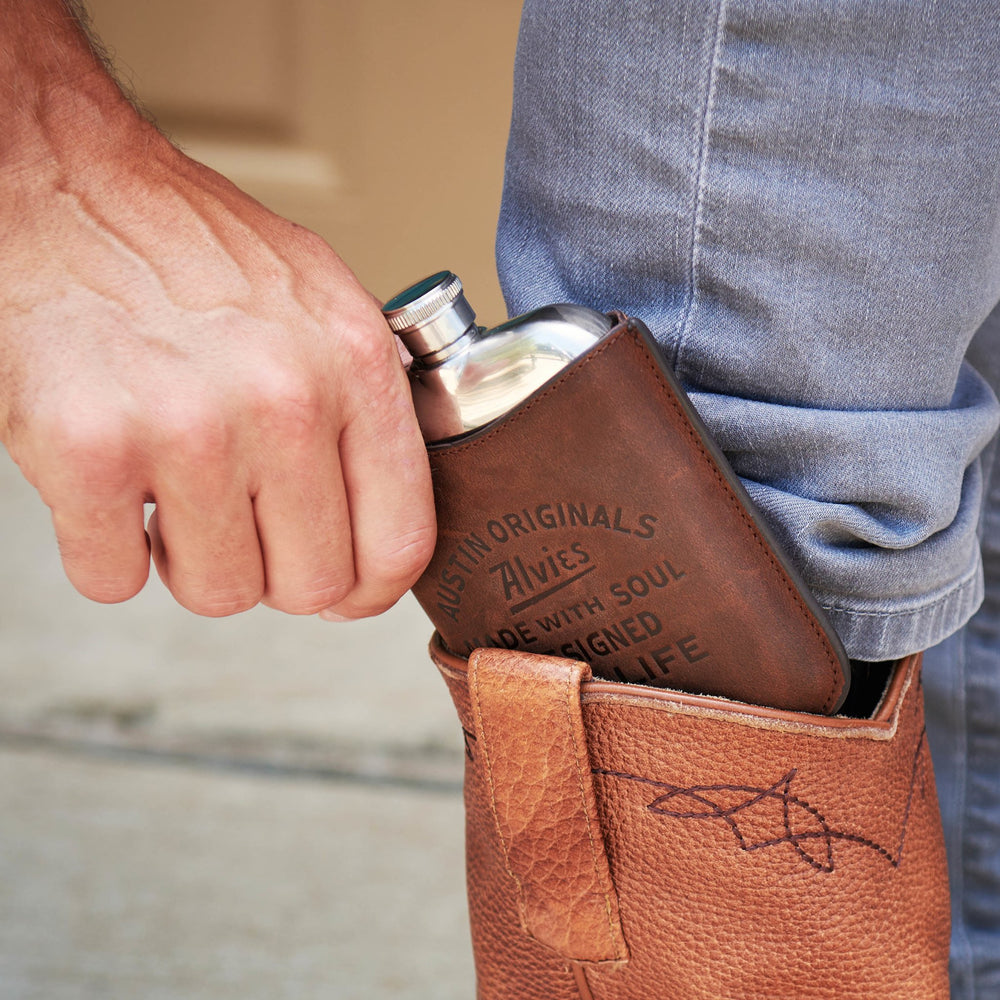

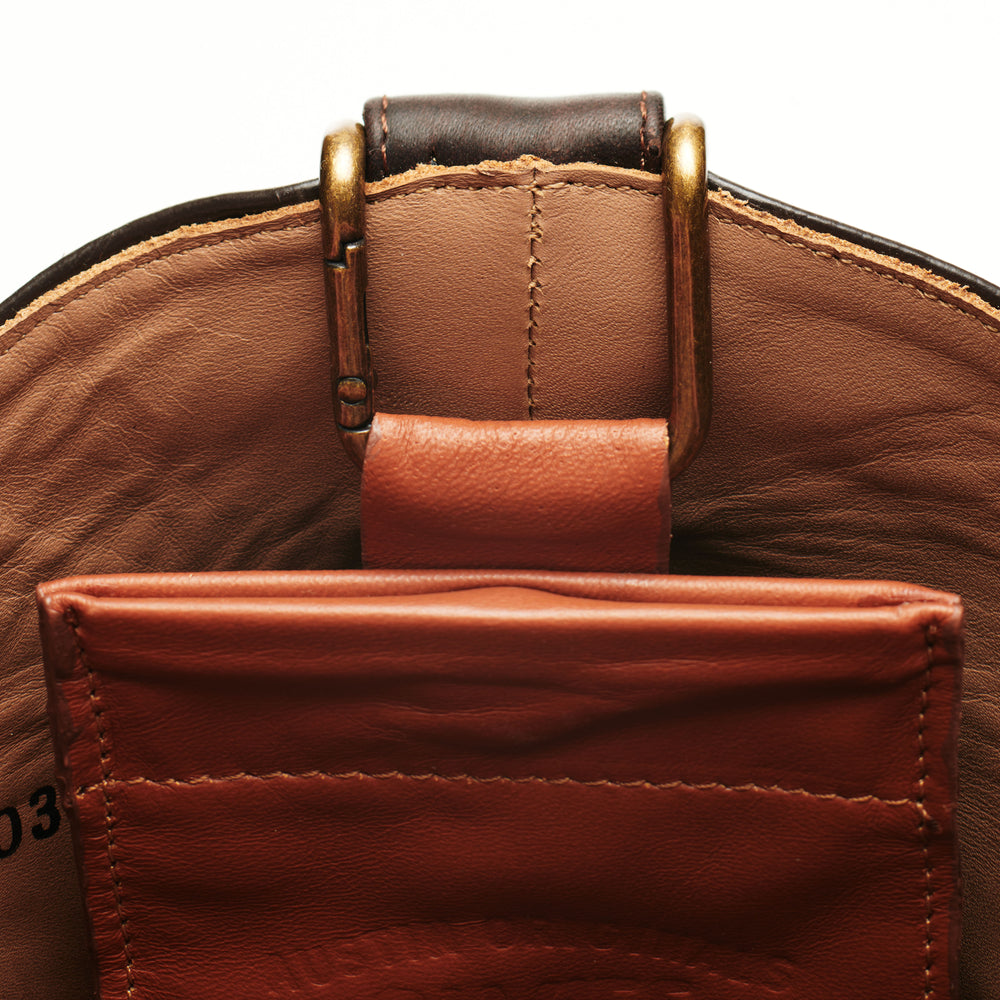
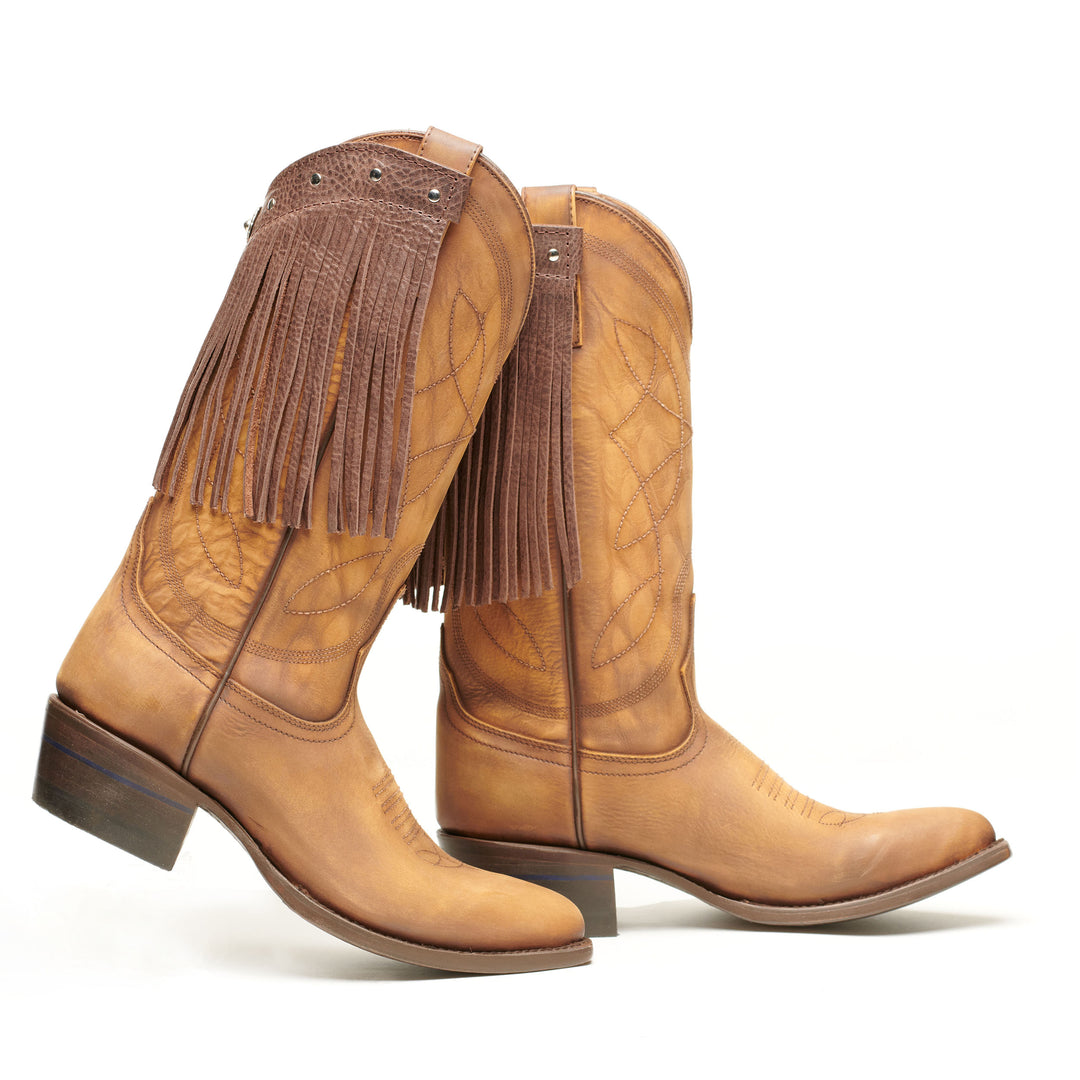
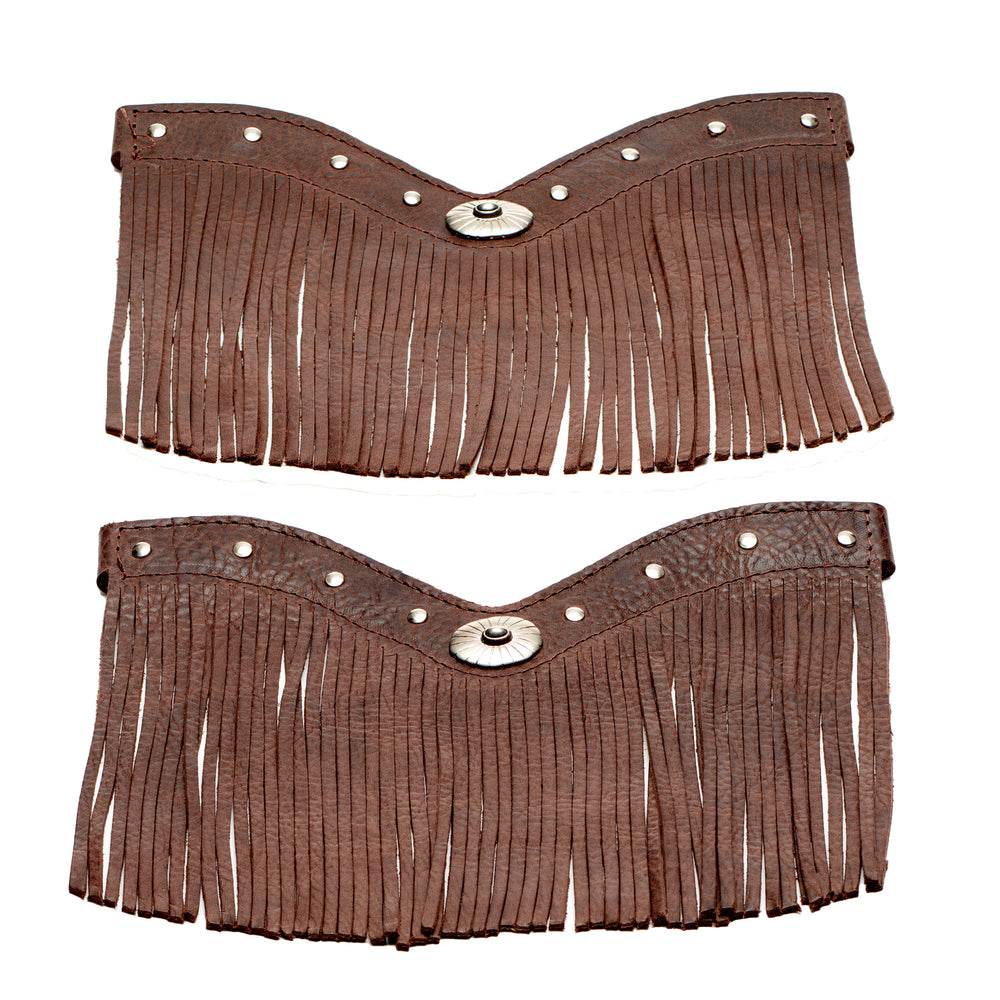

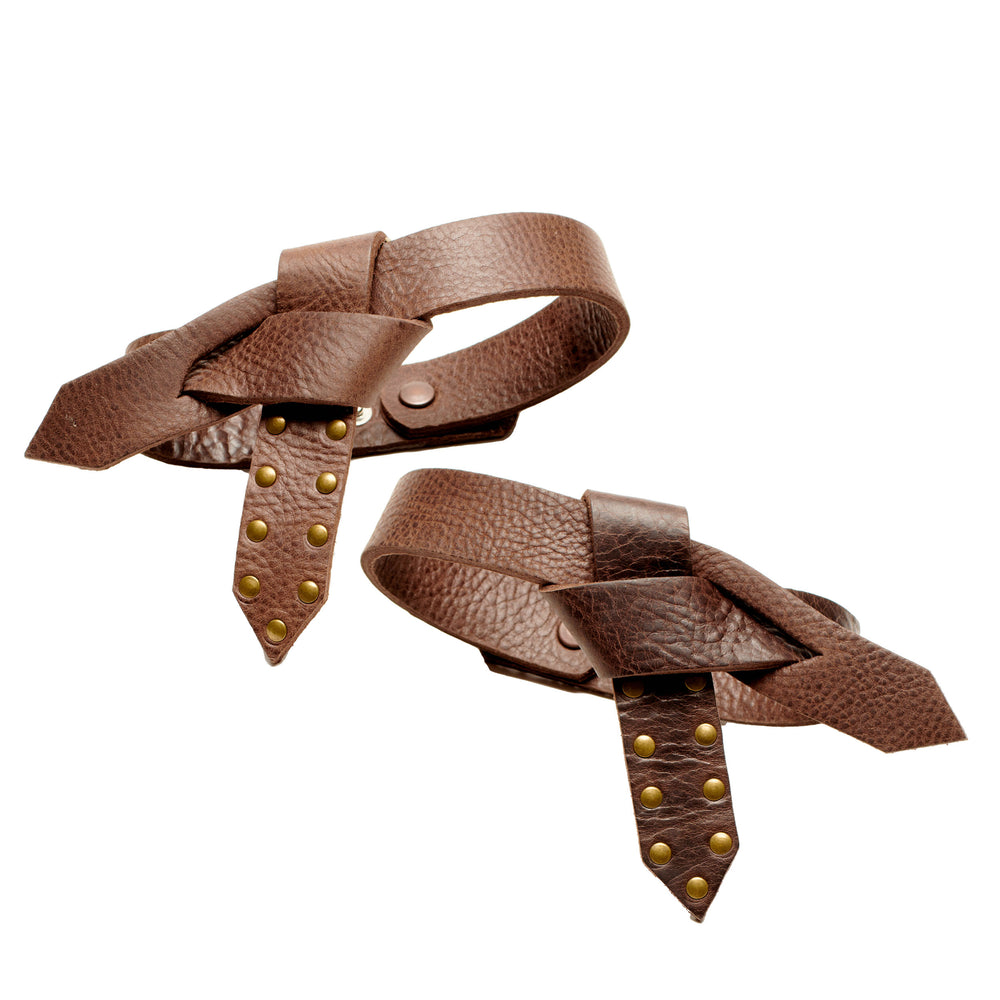
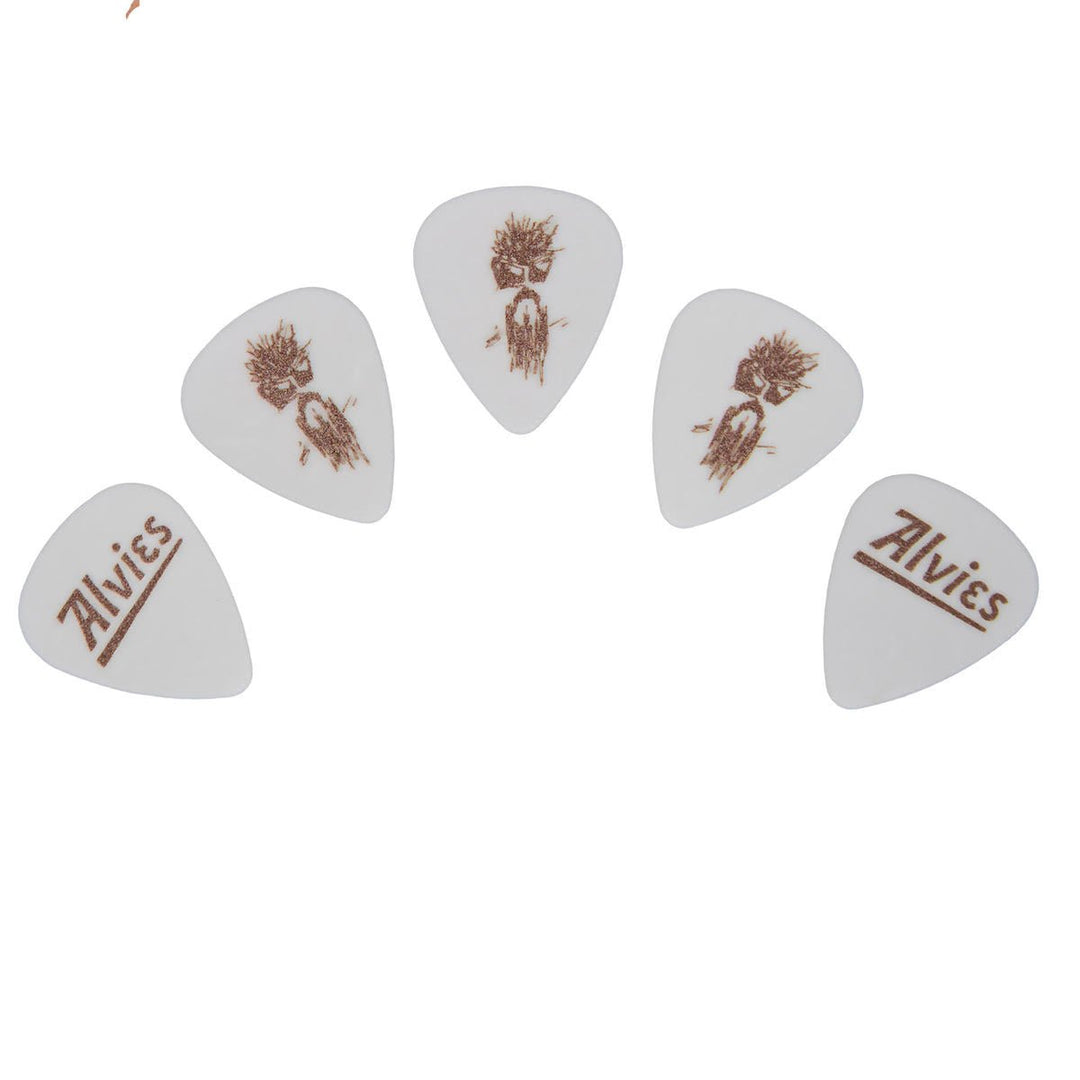

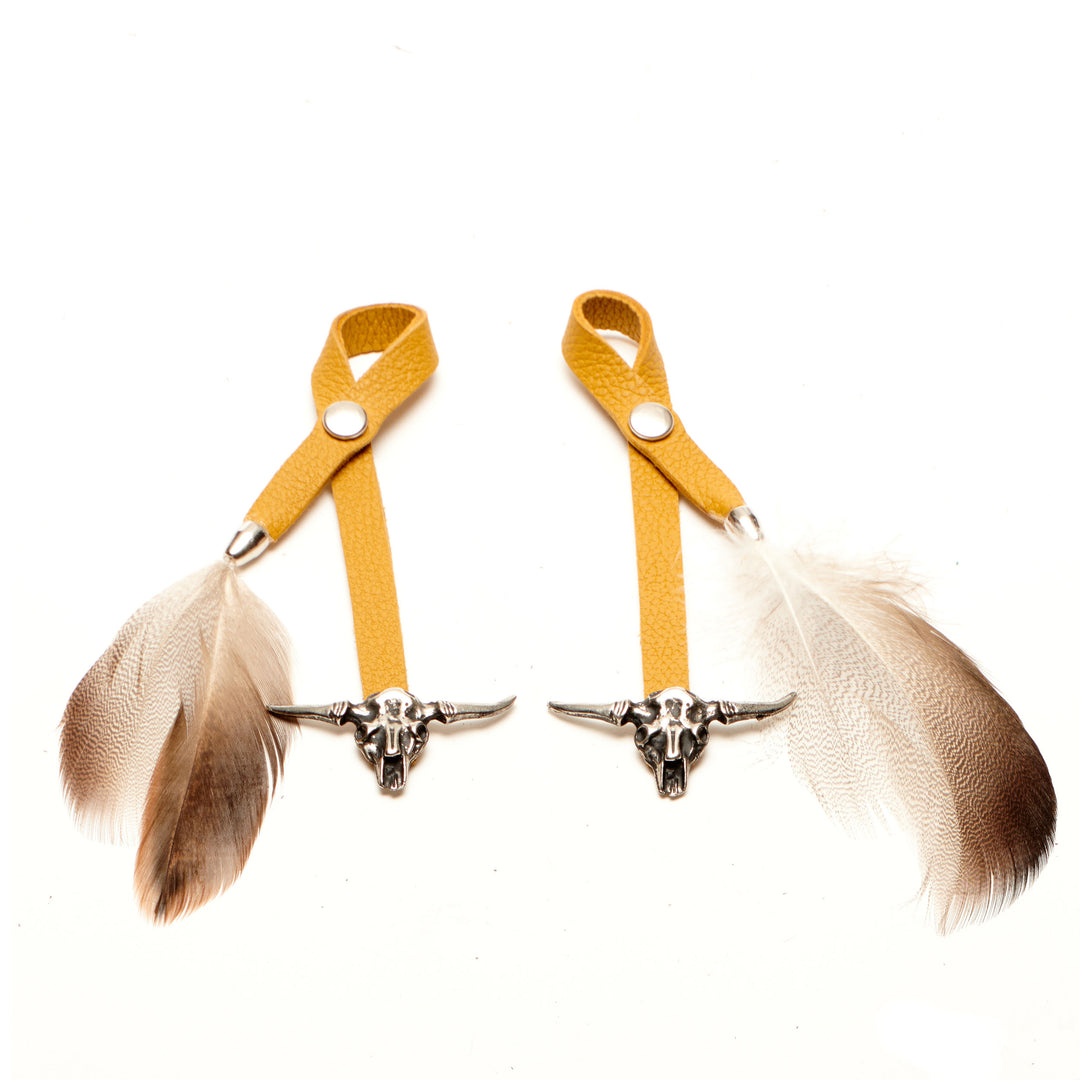
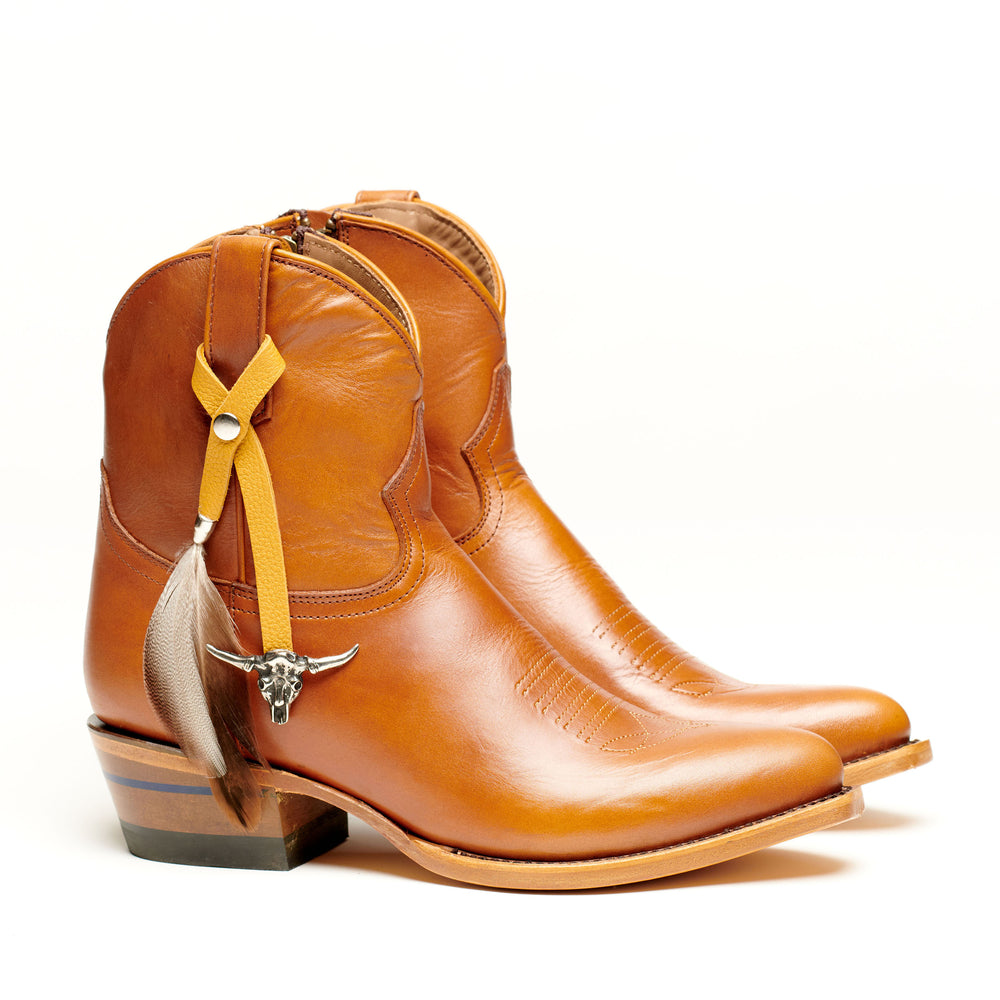
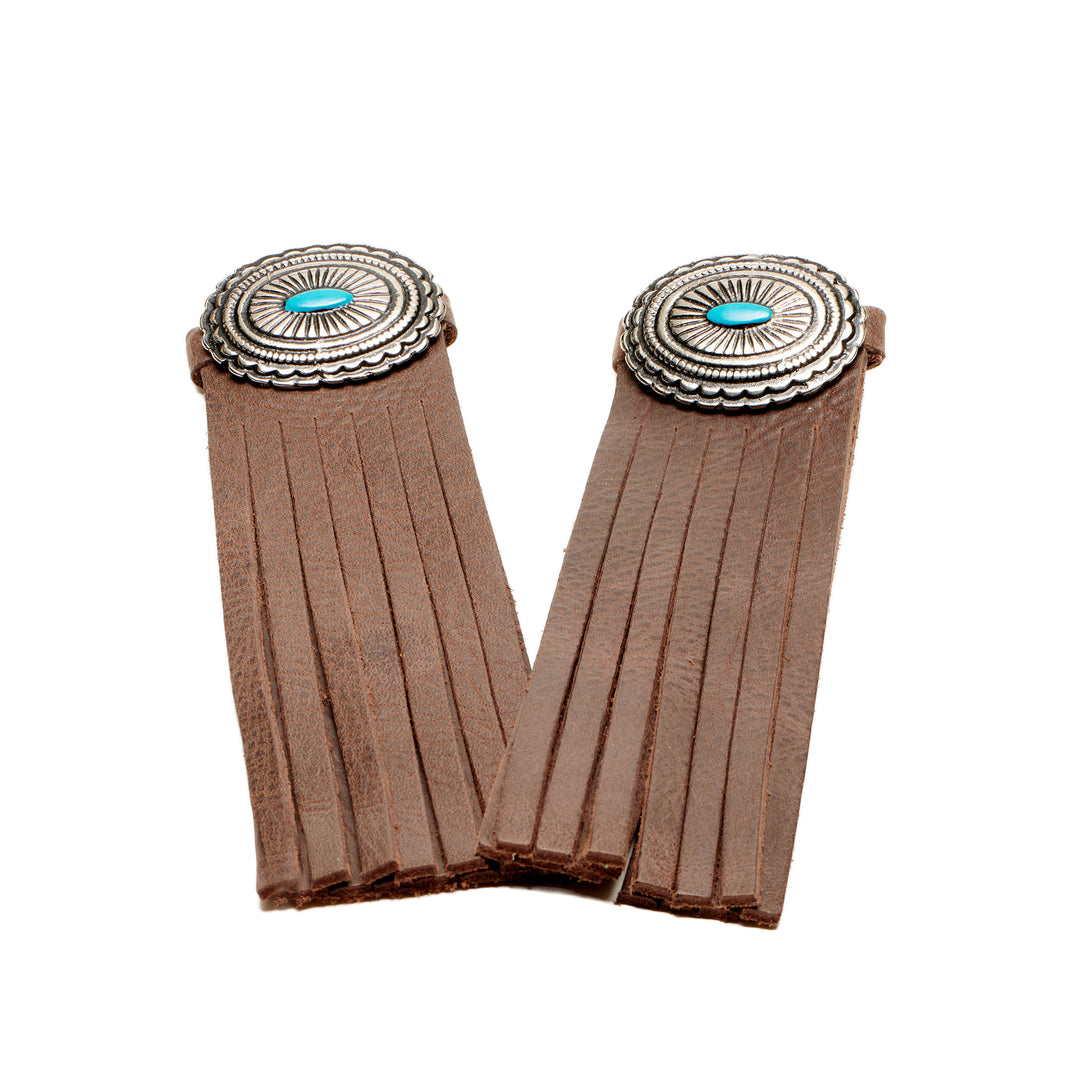
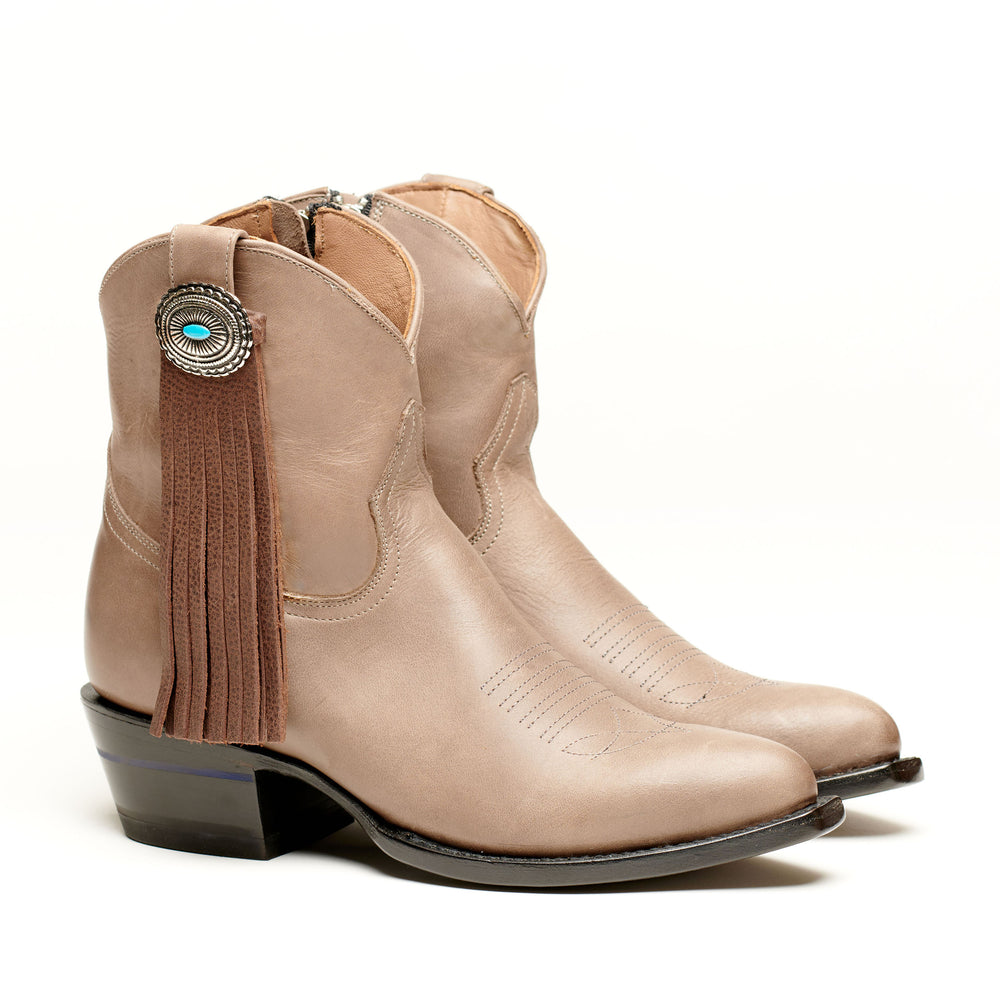
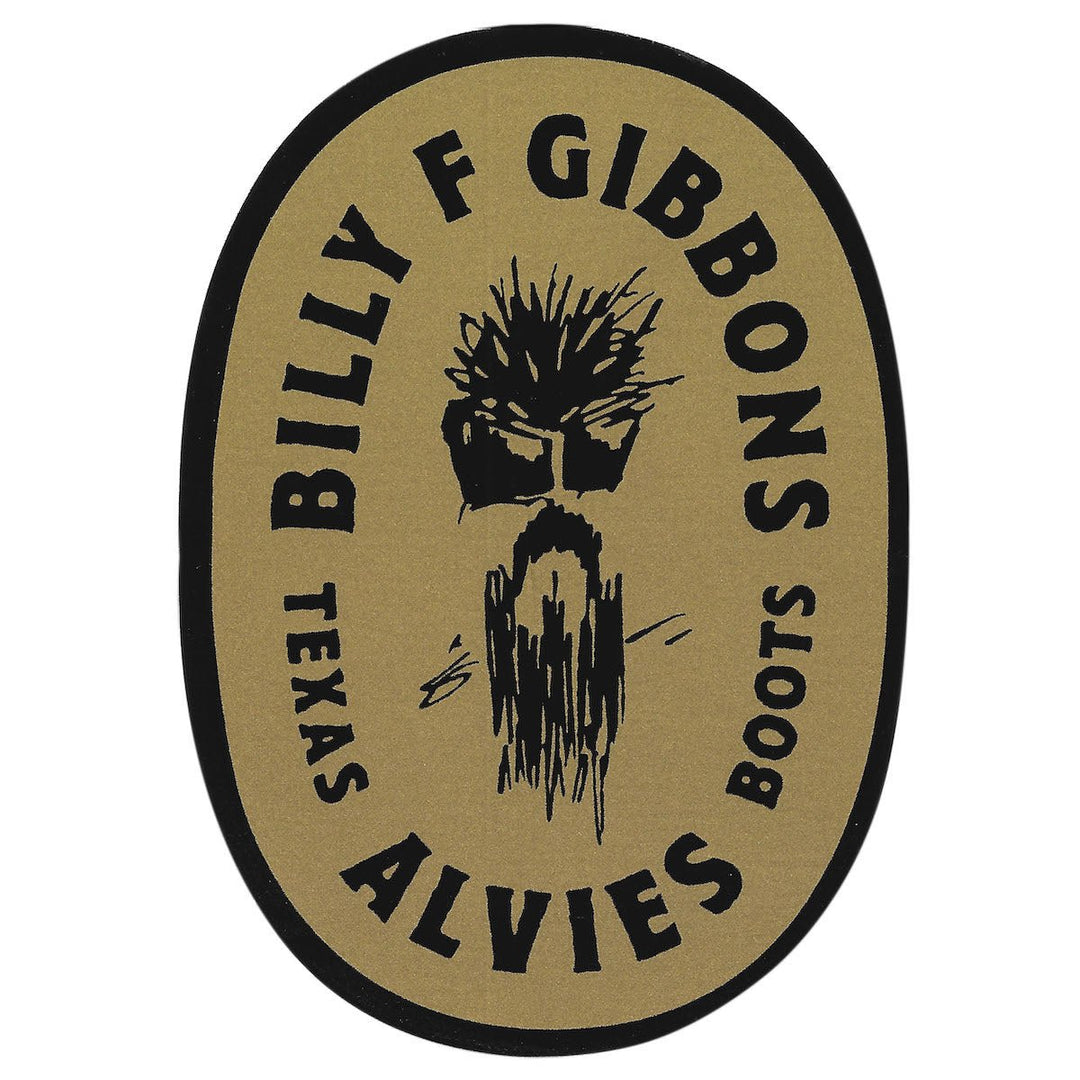
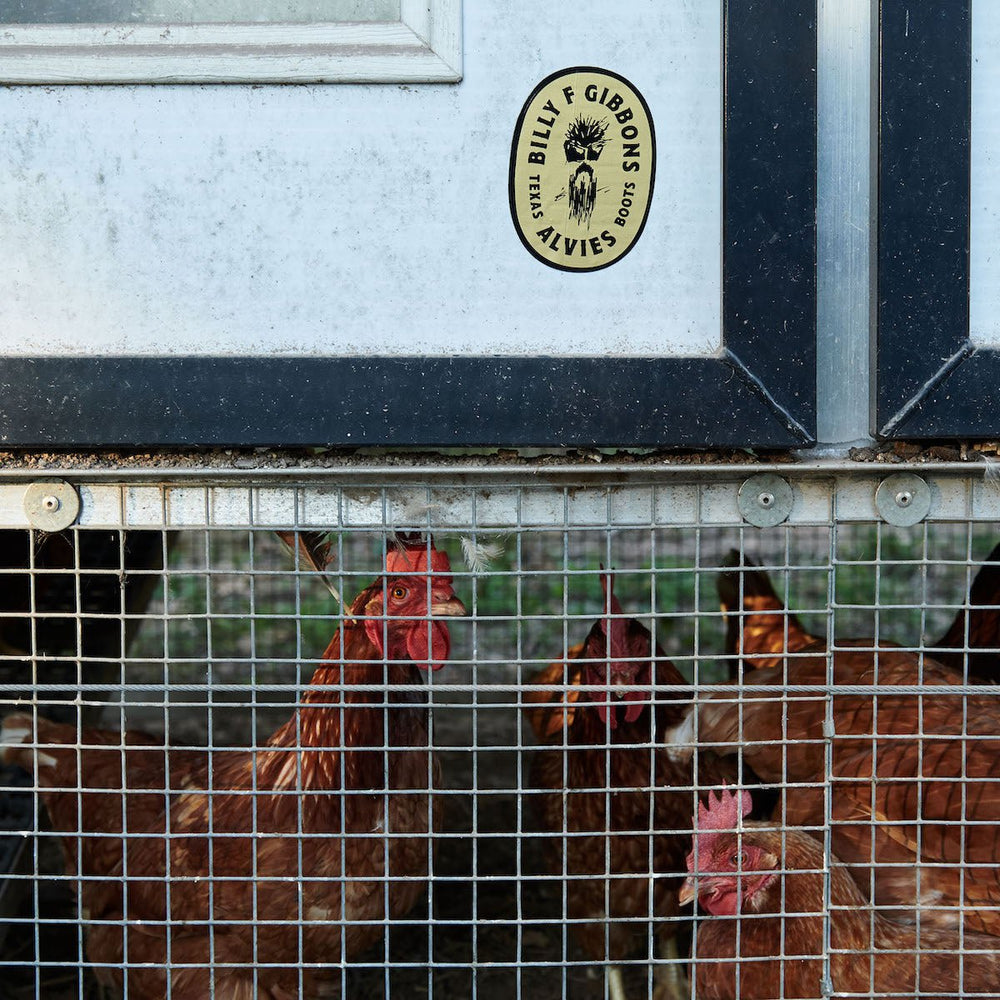
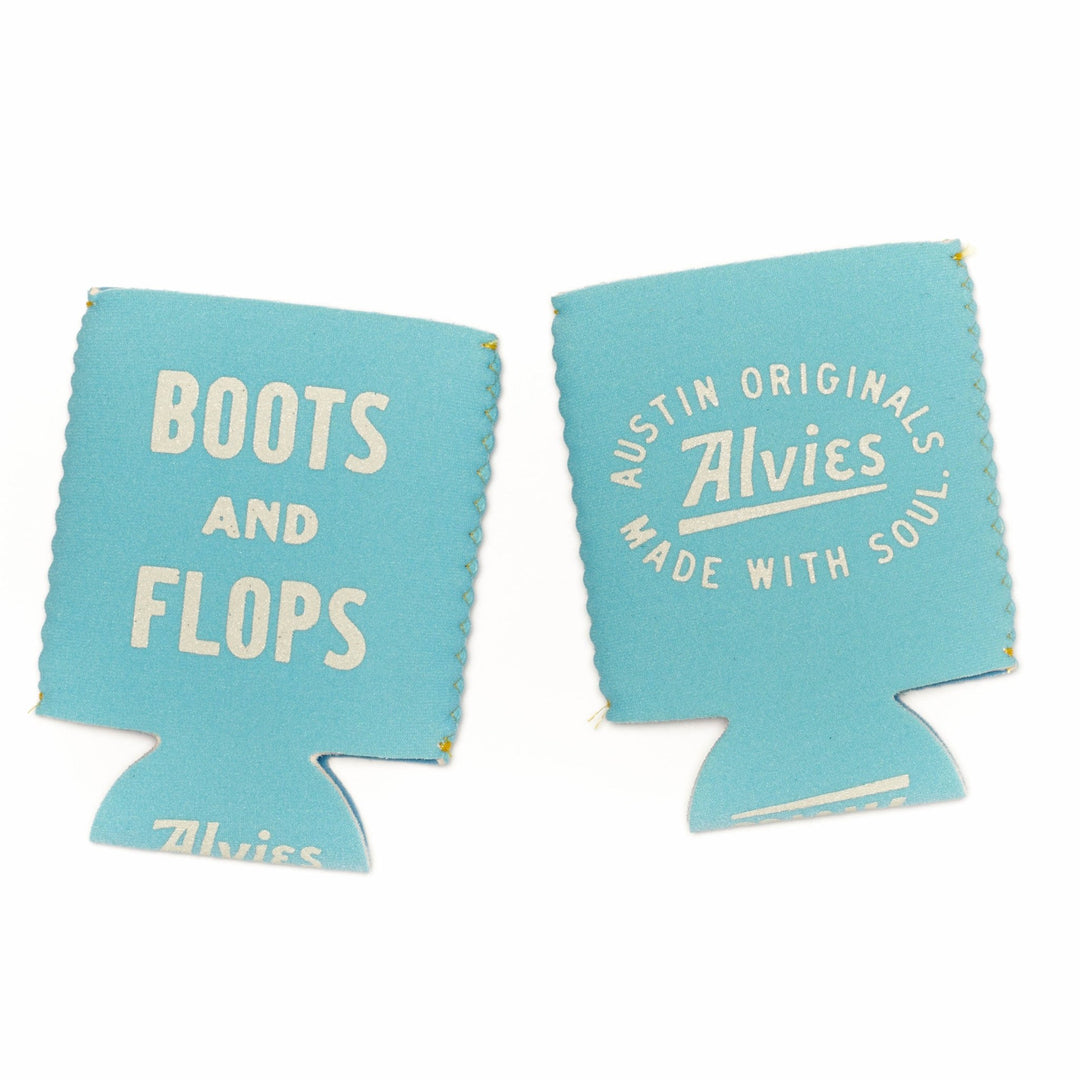
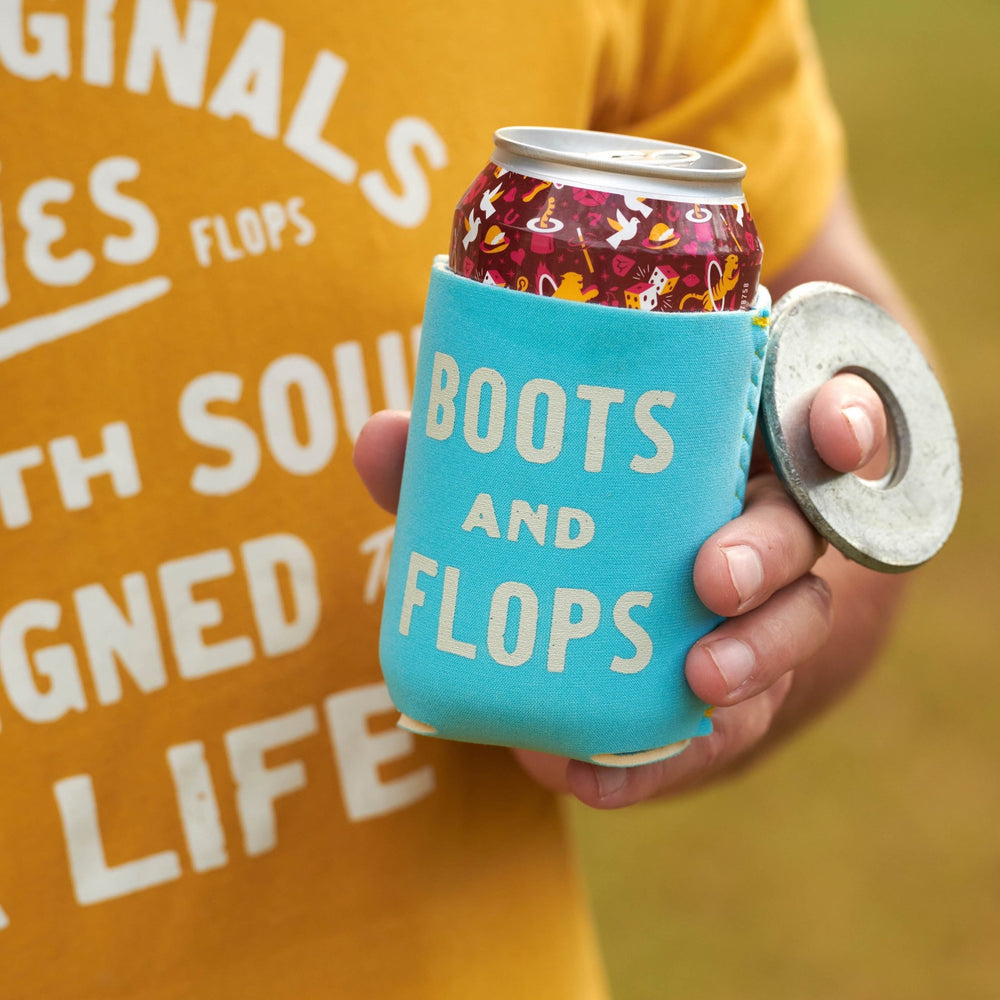
Leave a comment